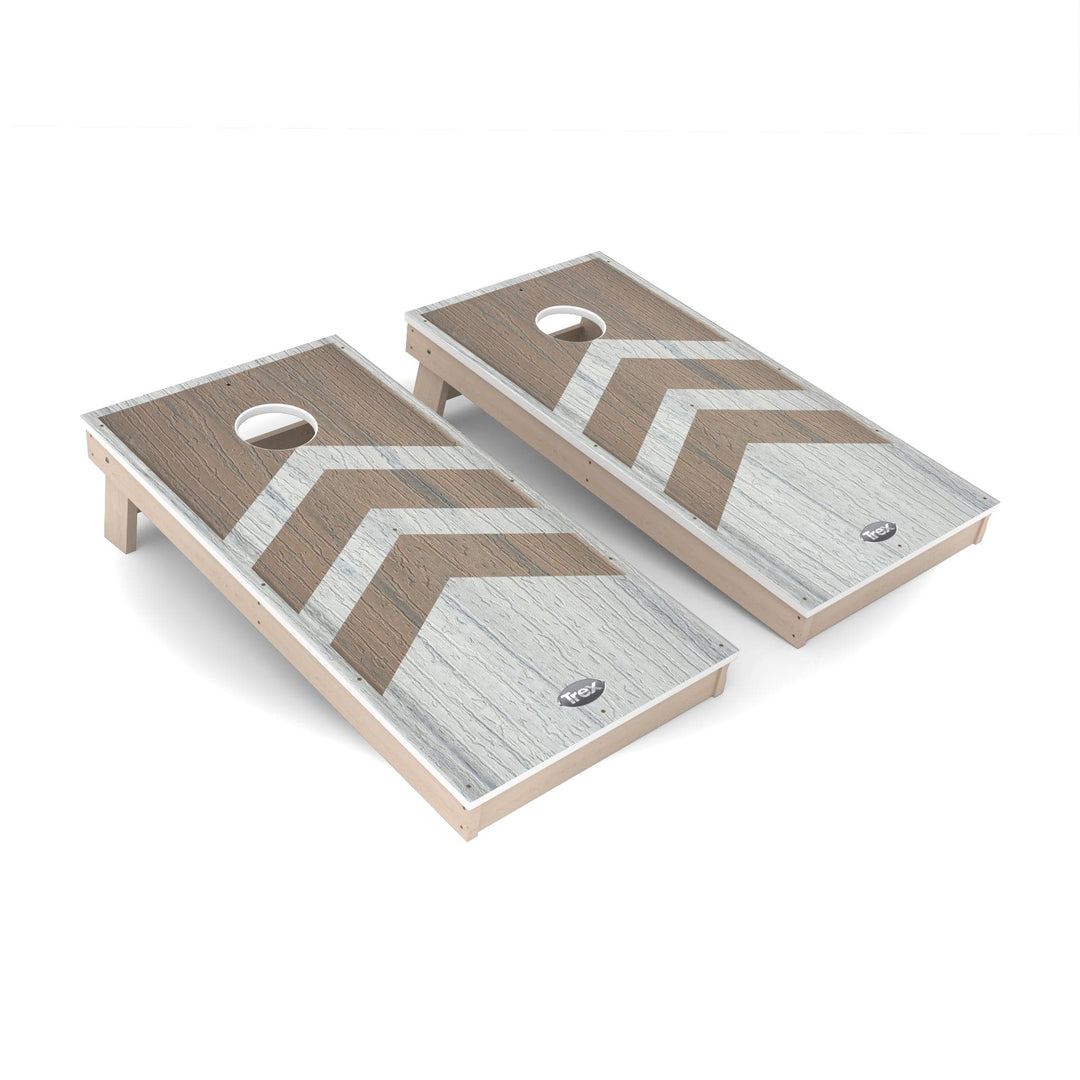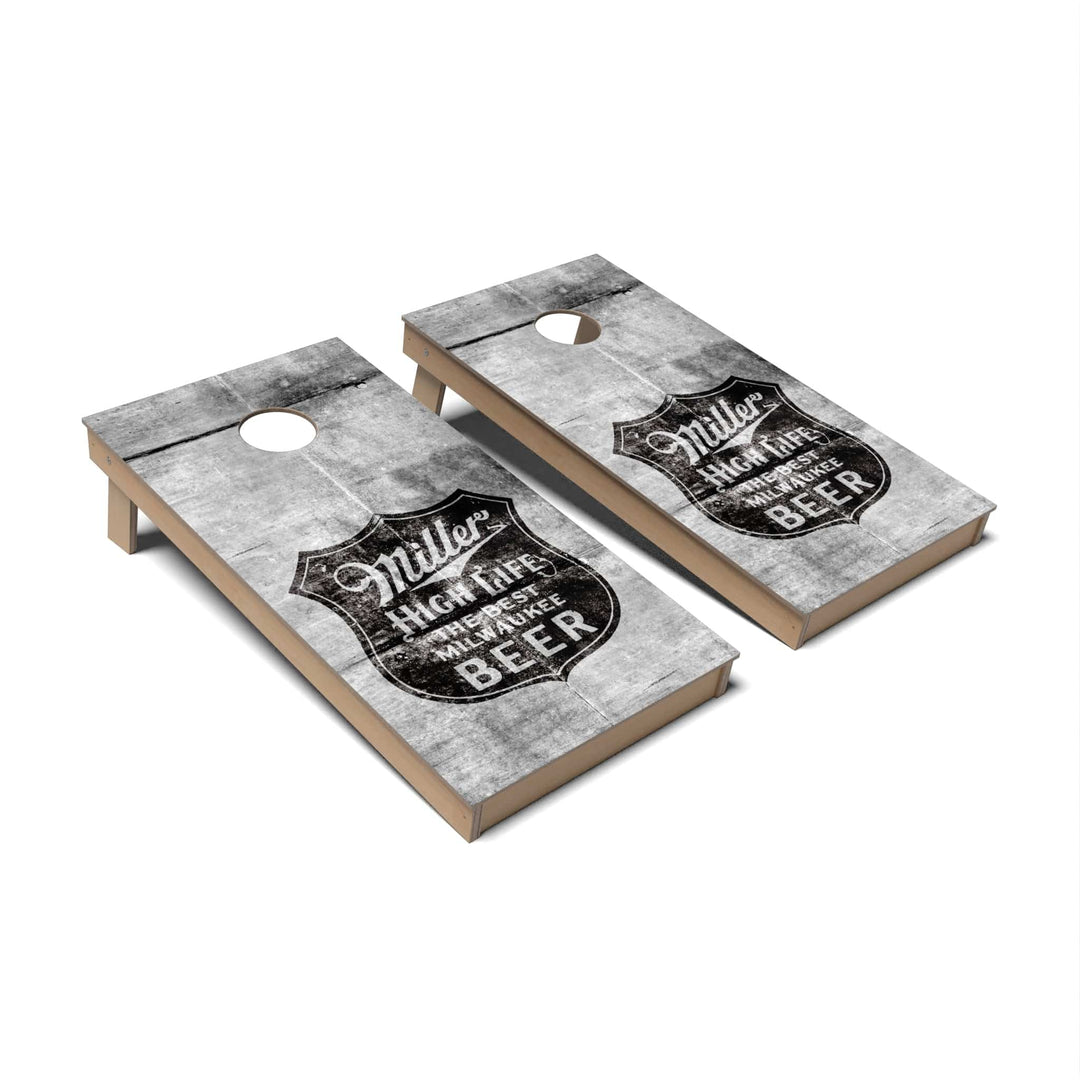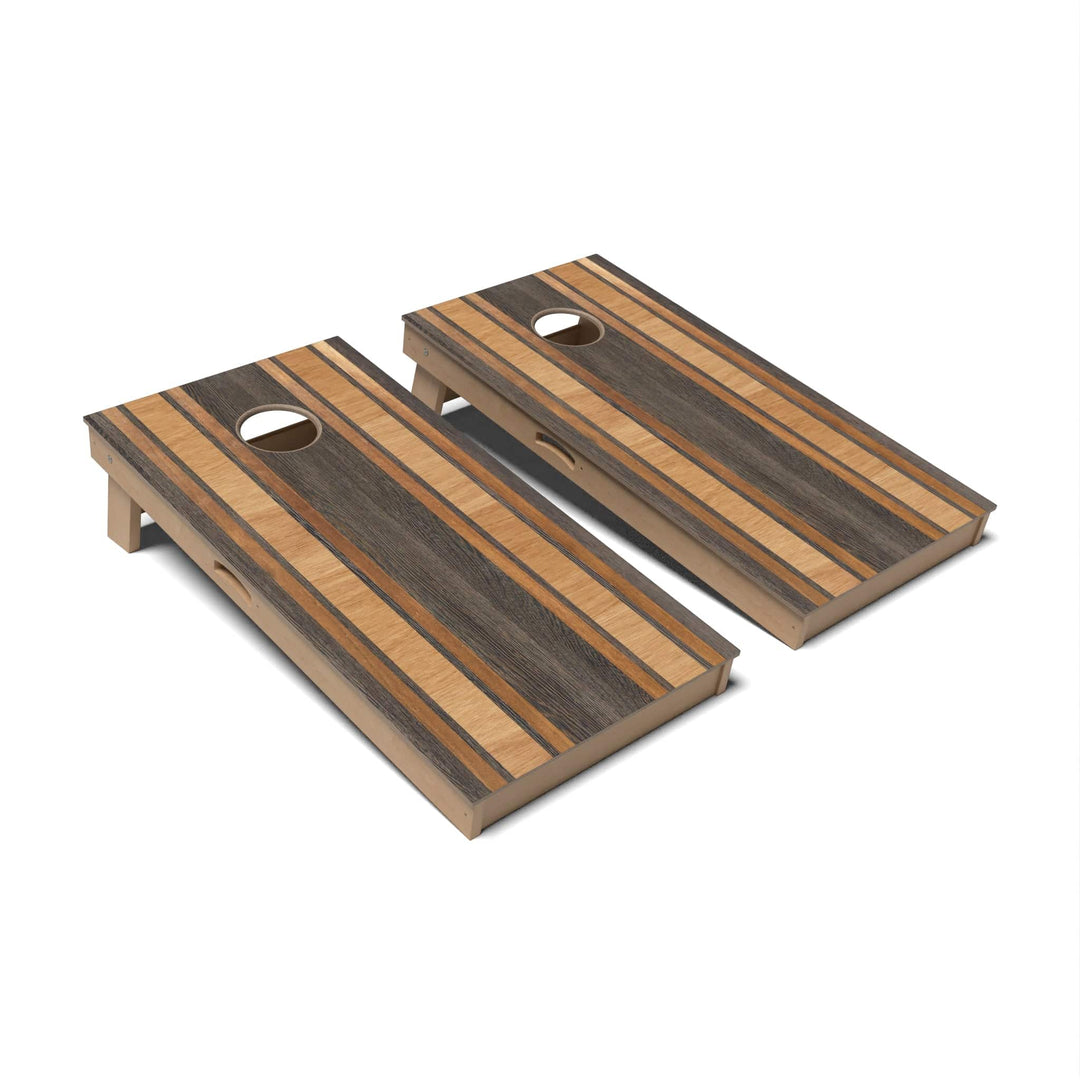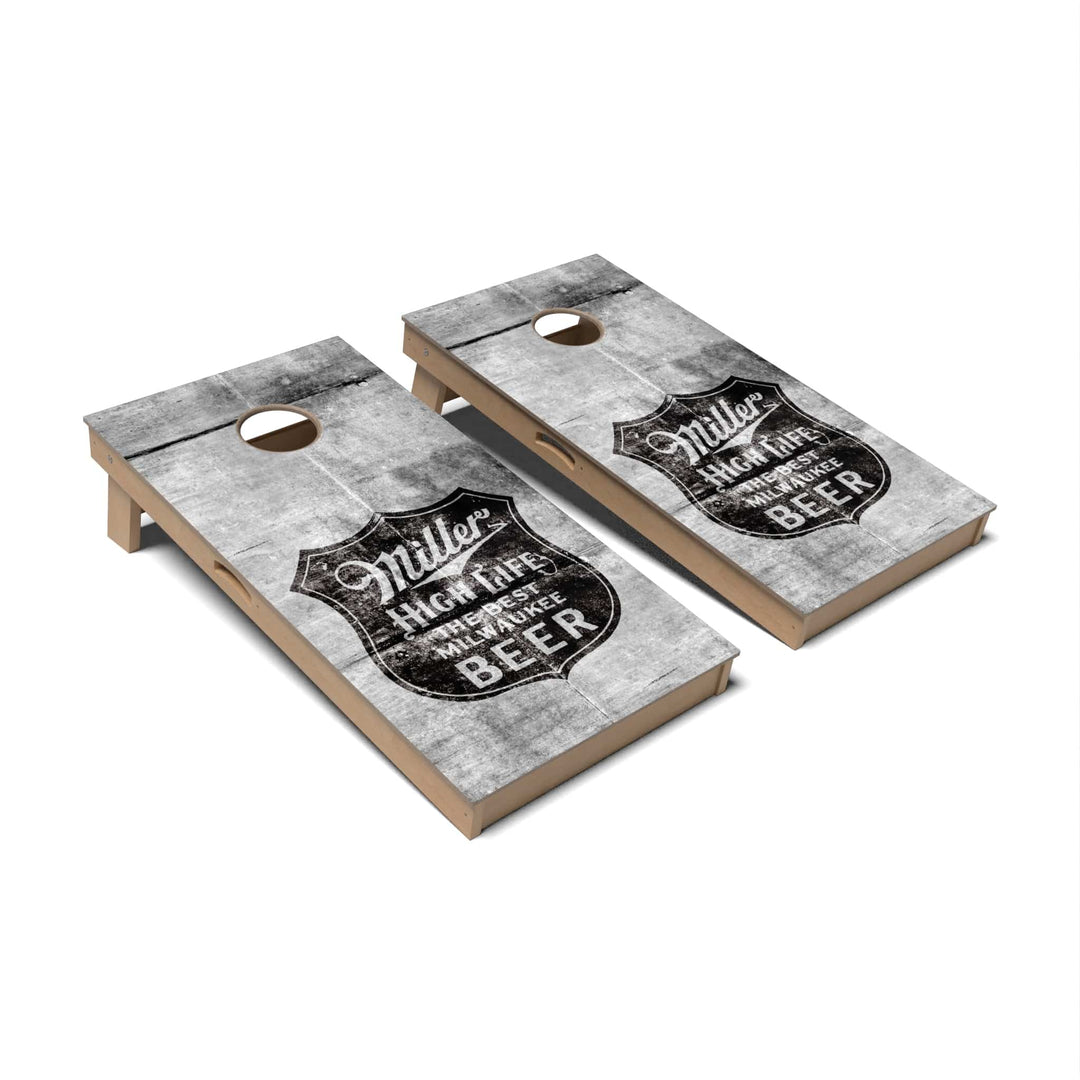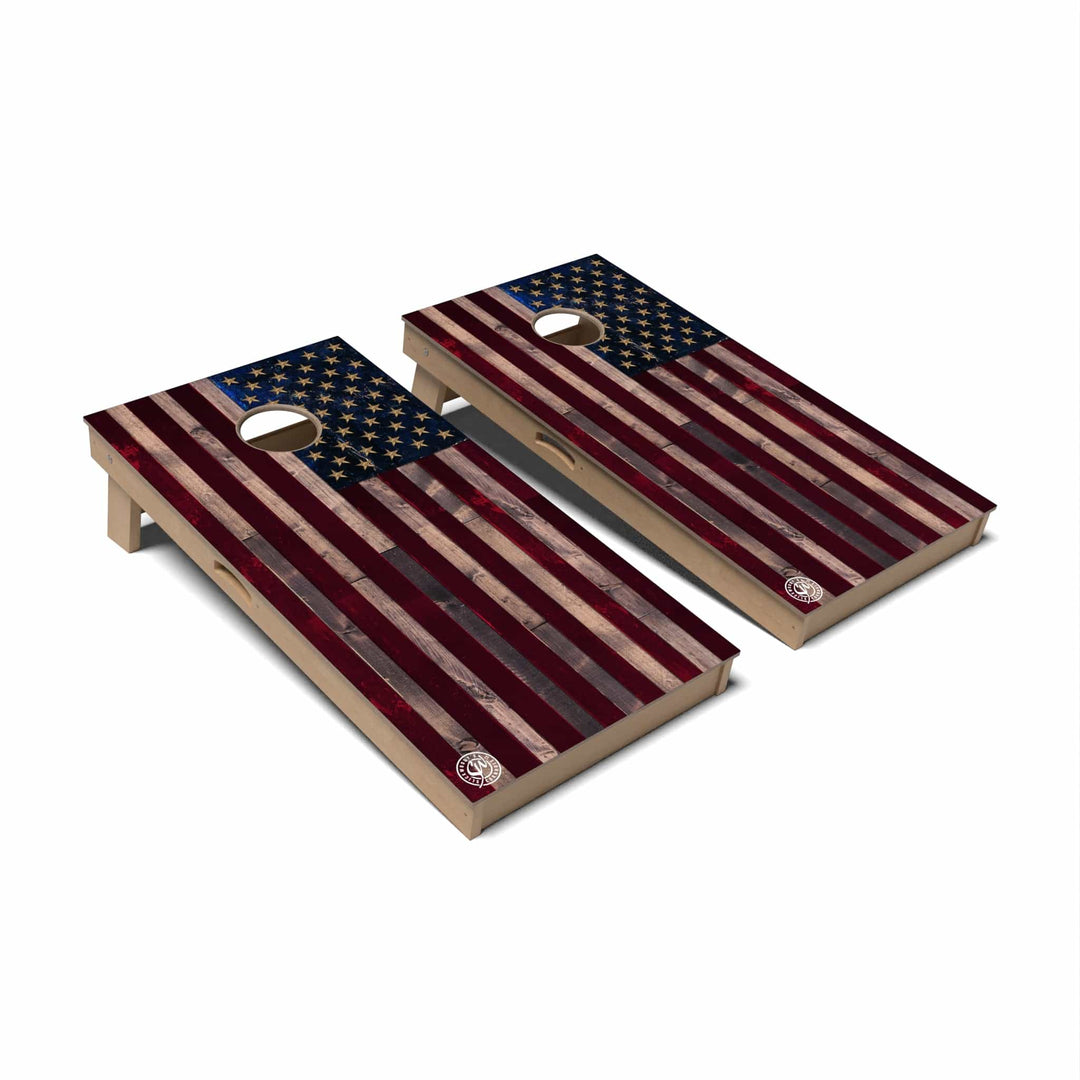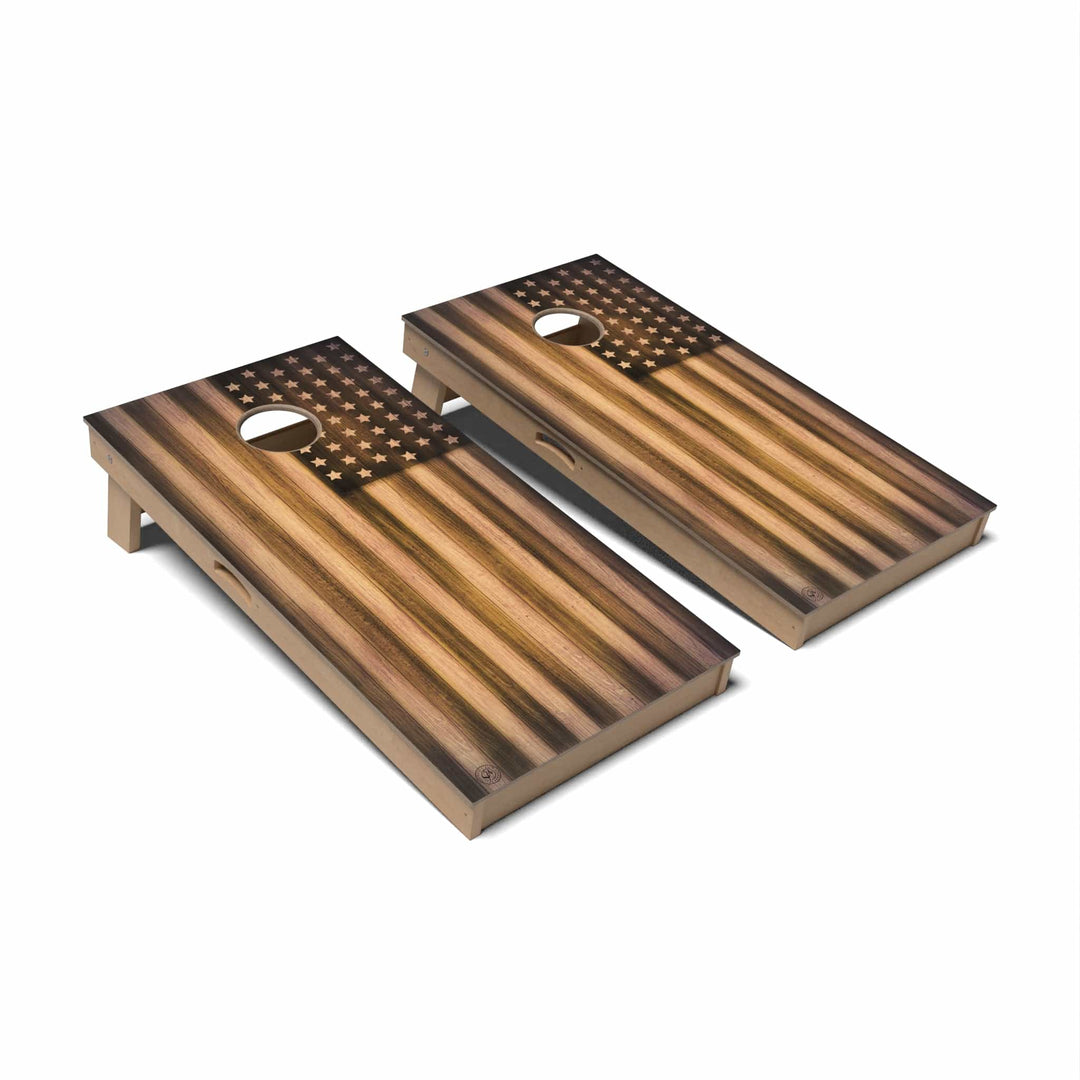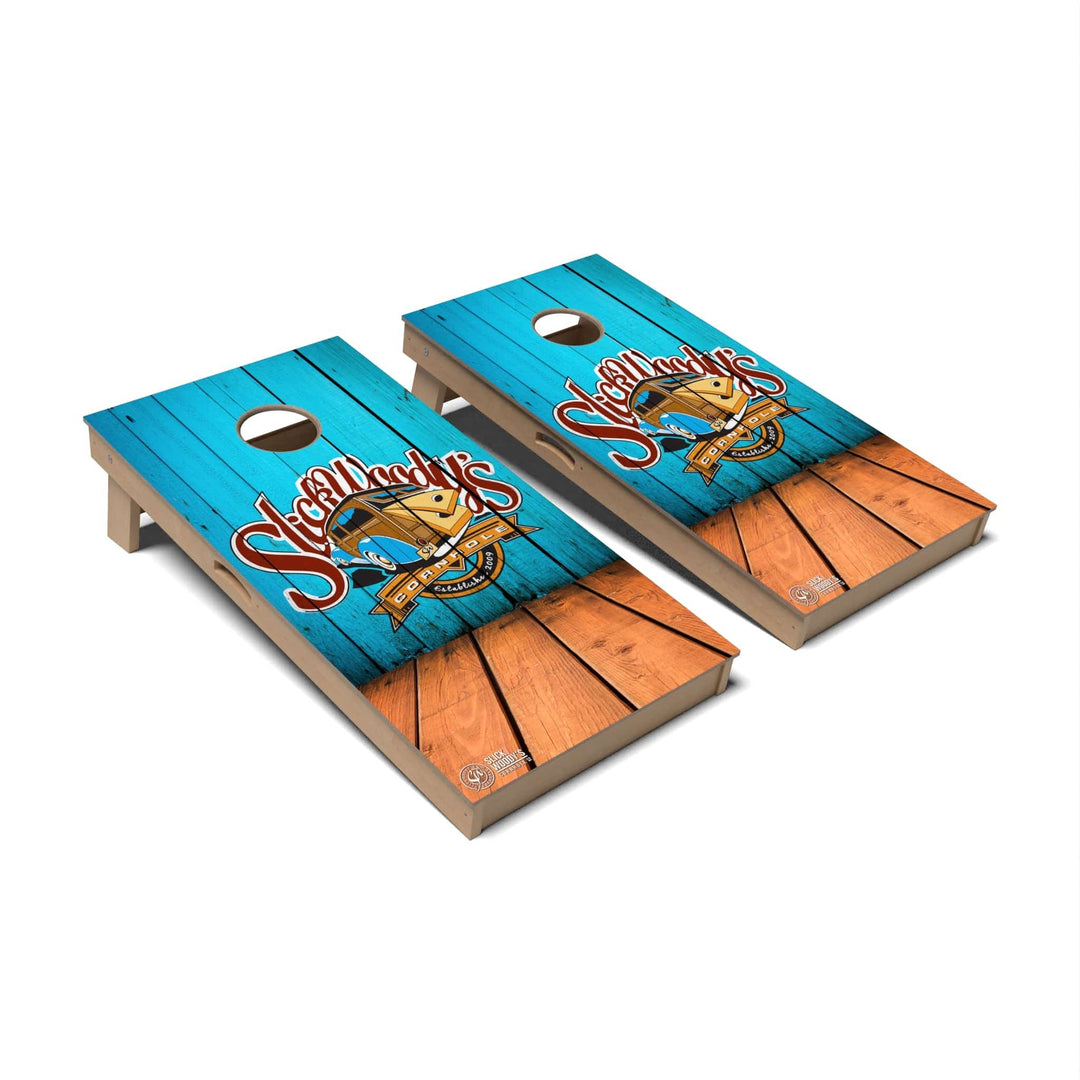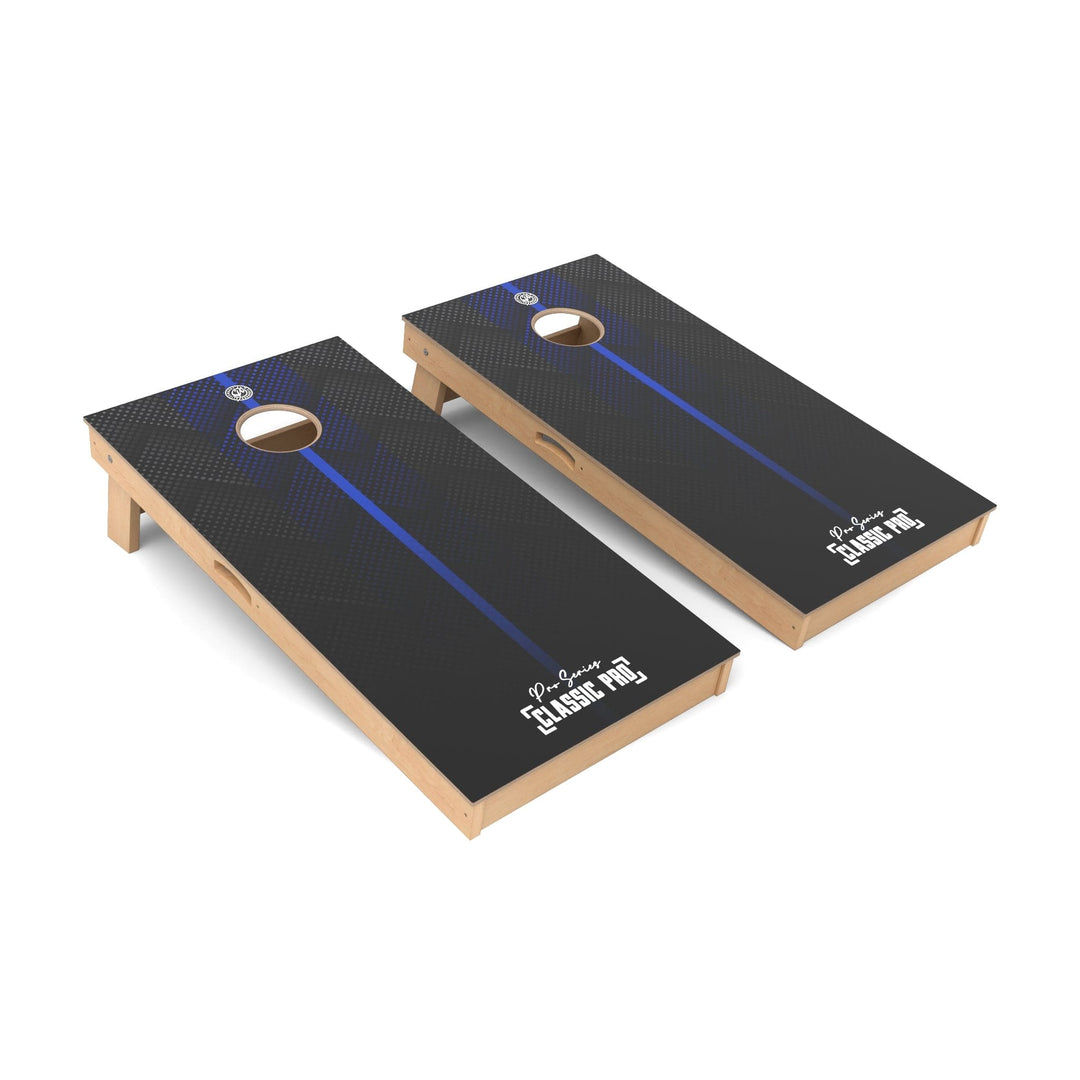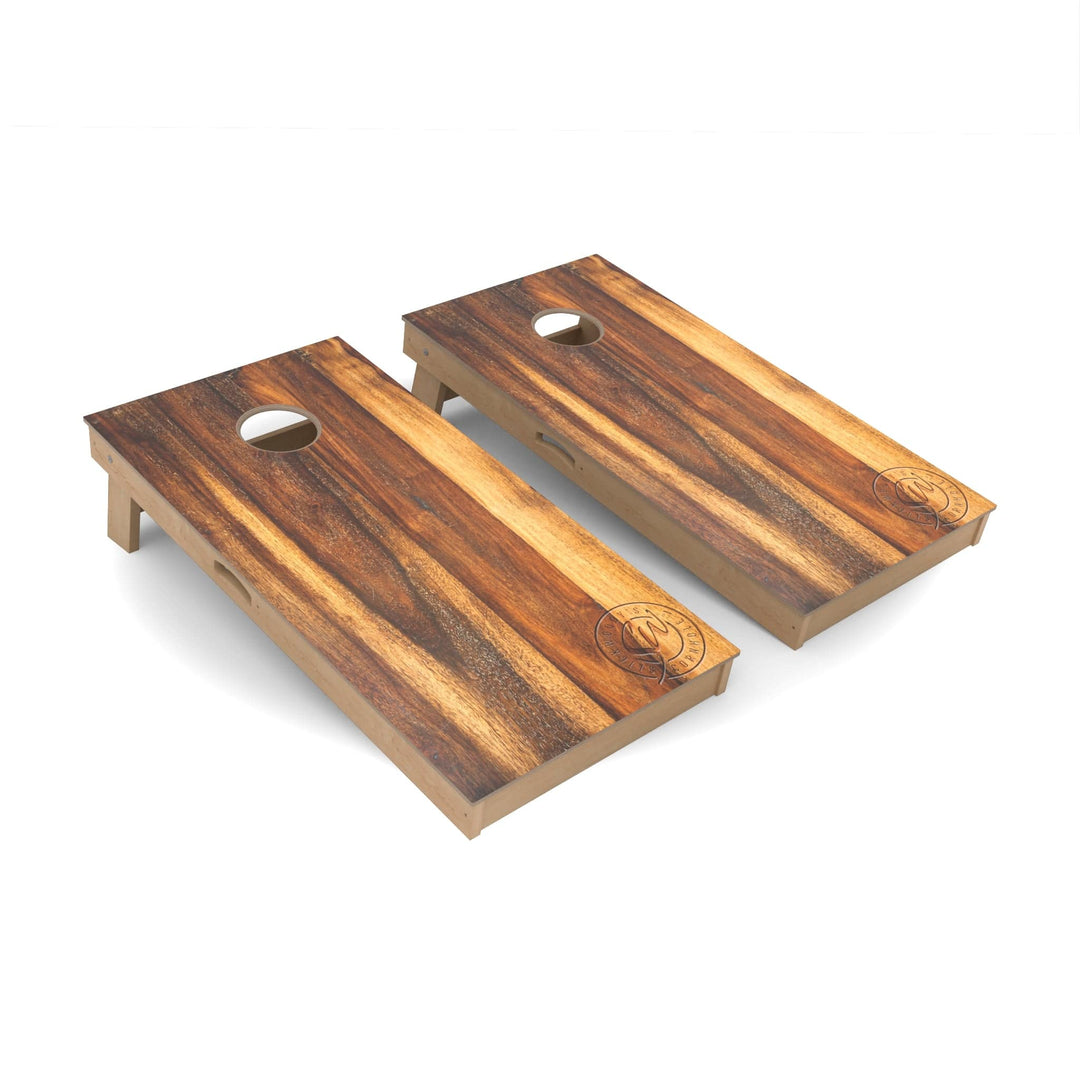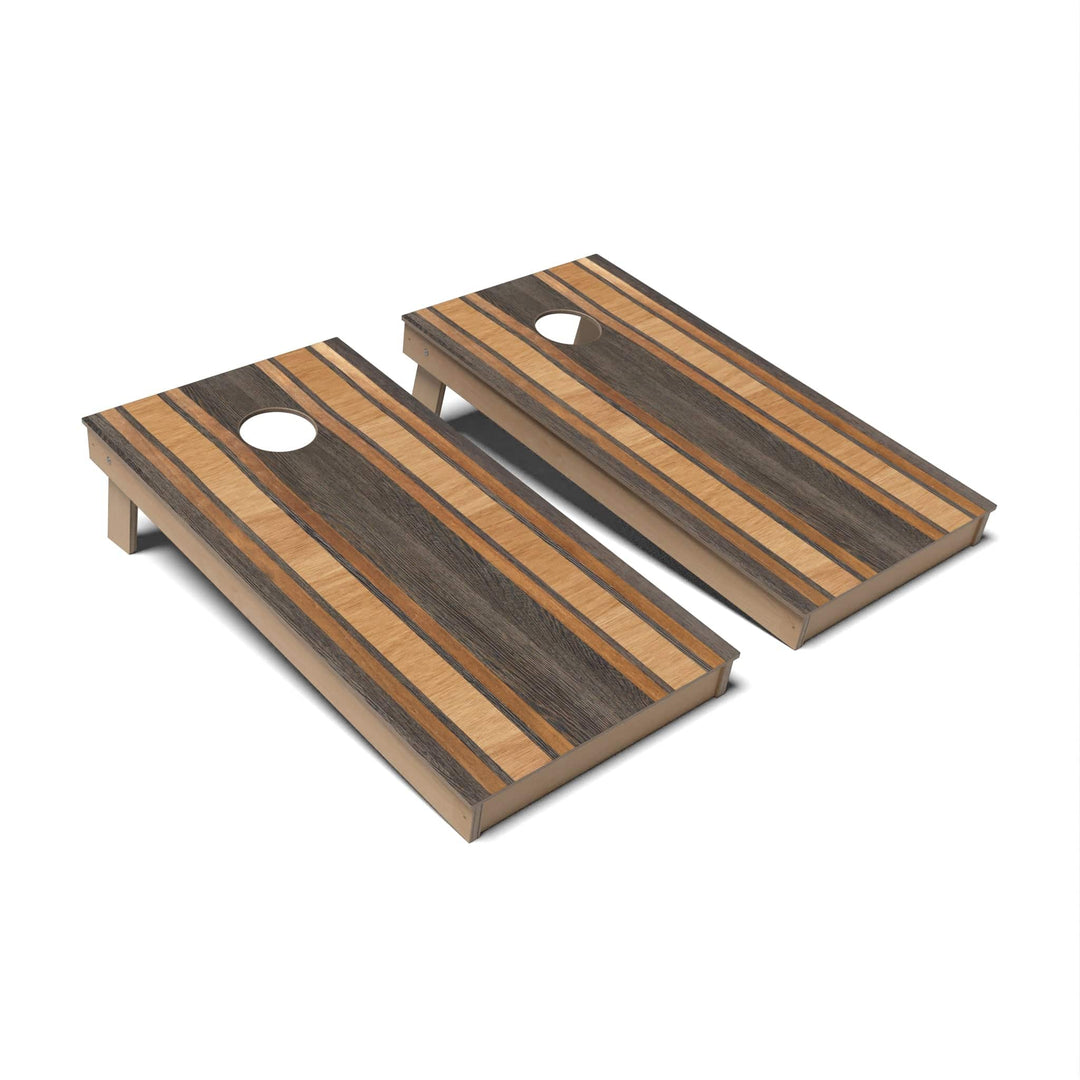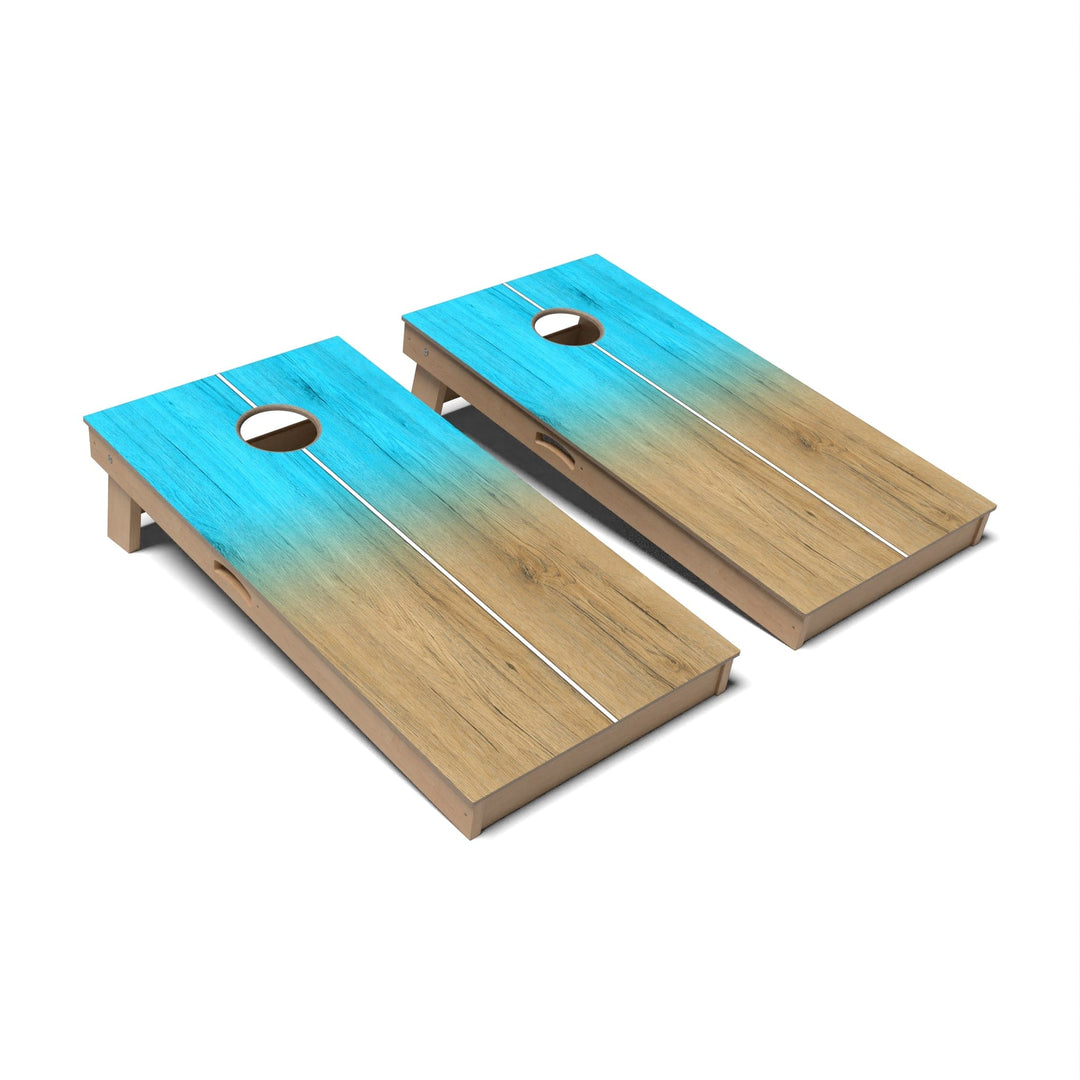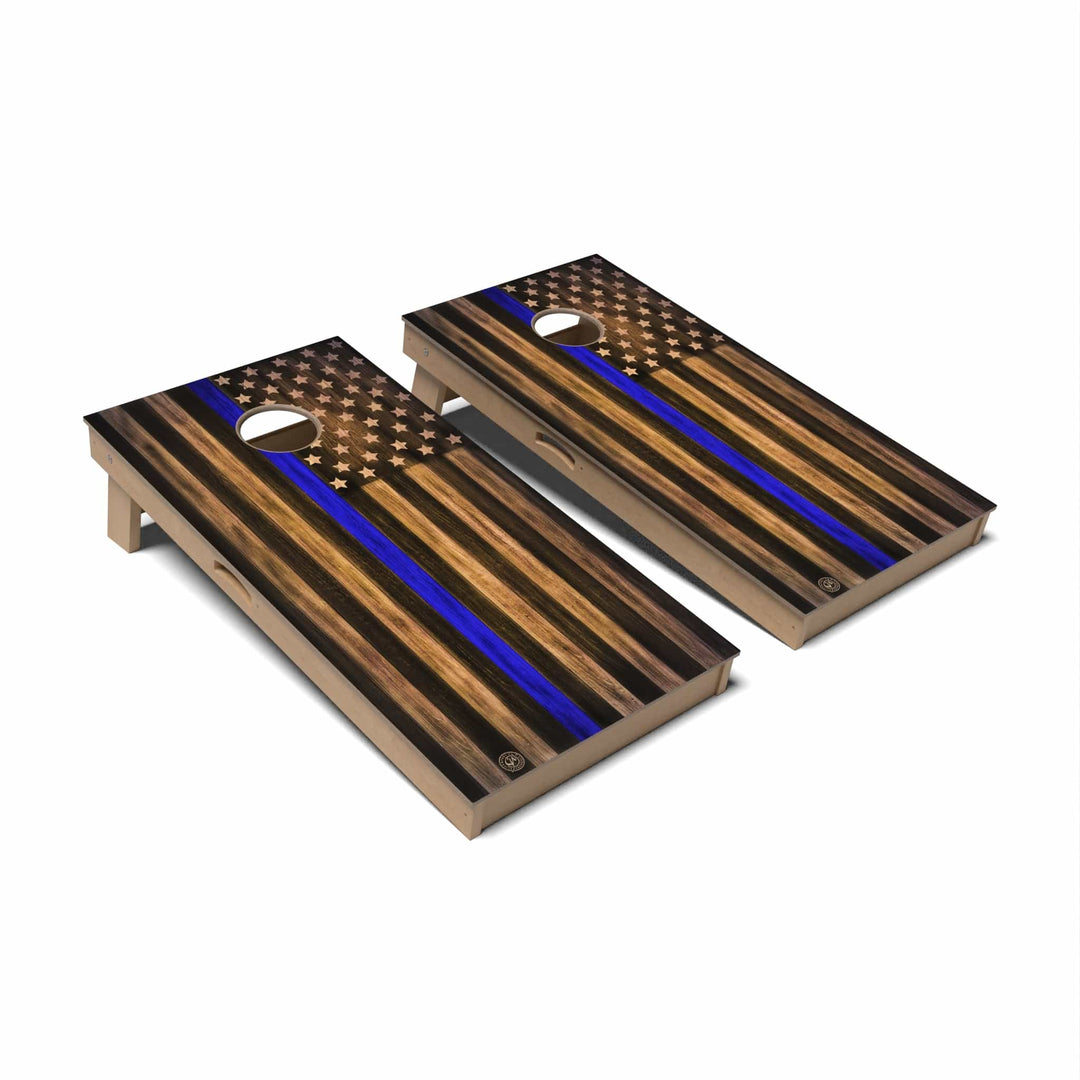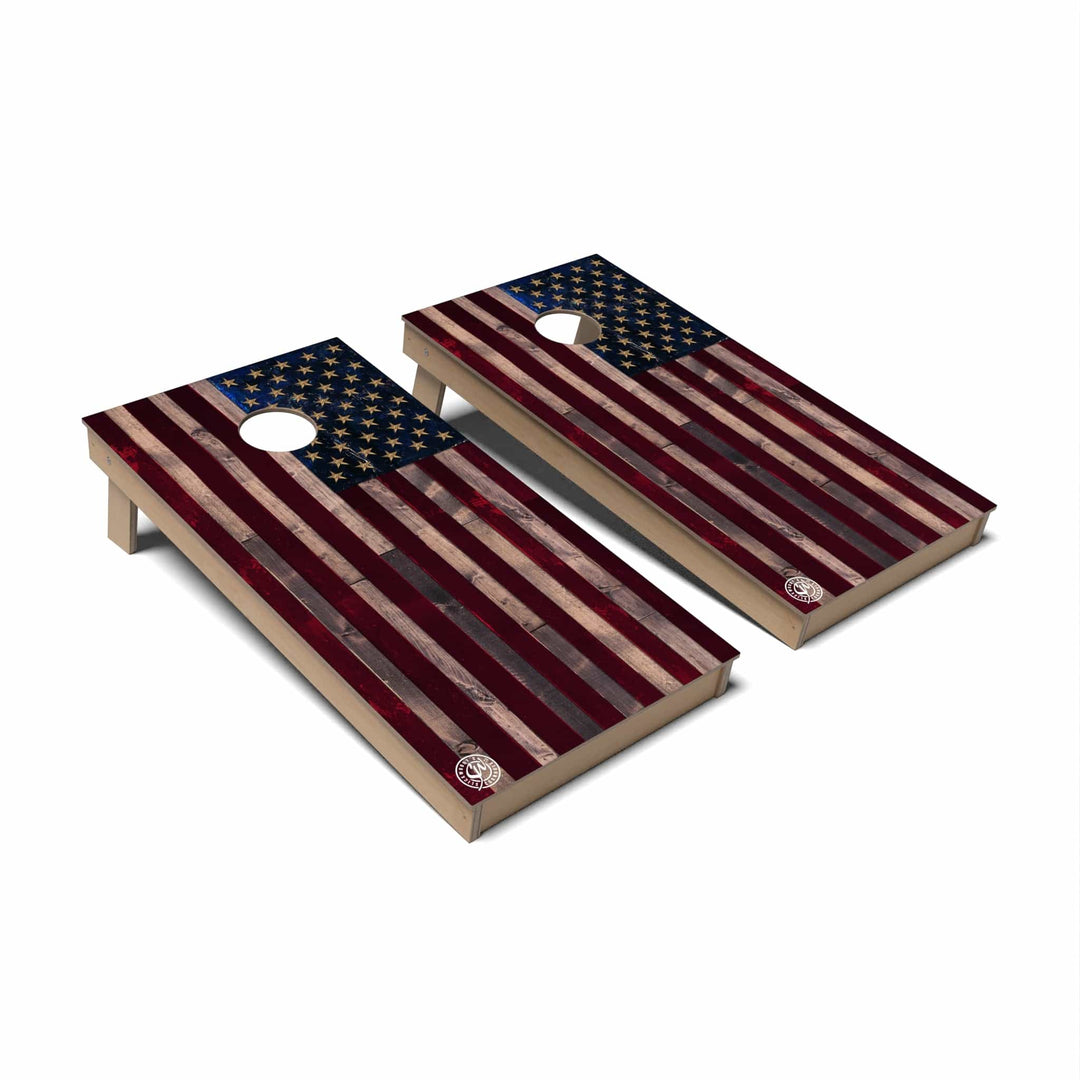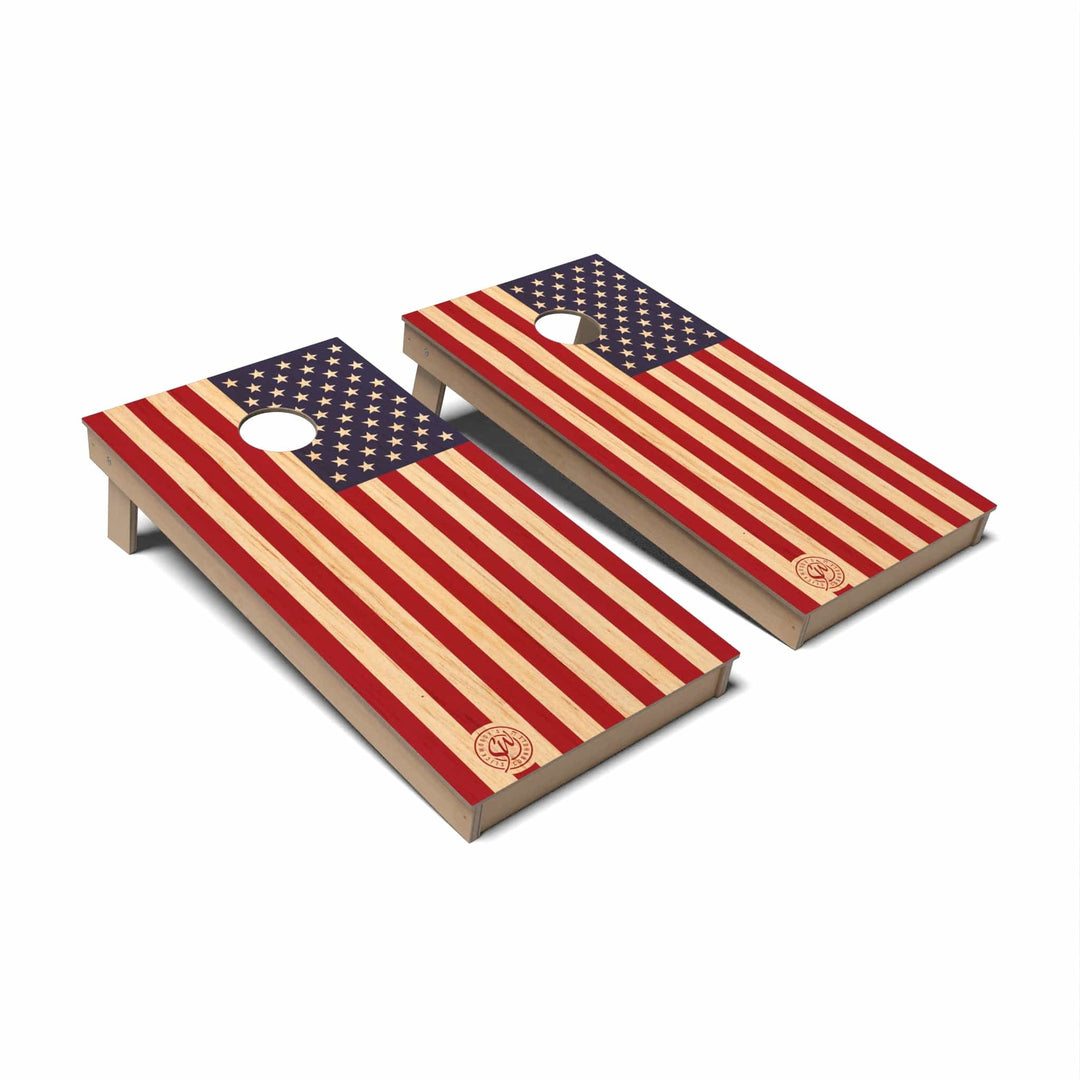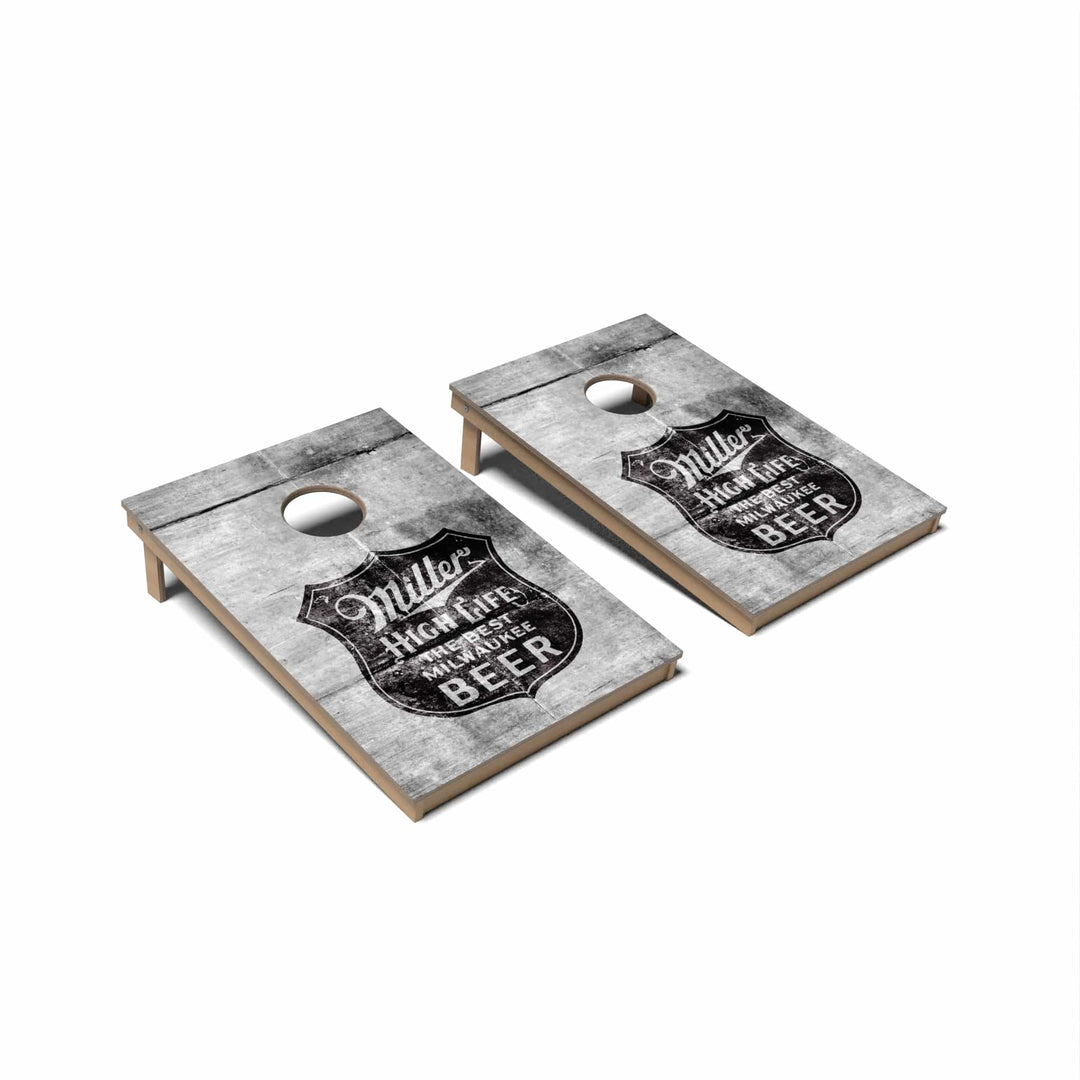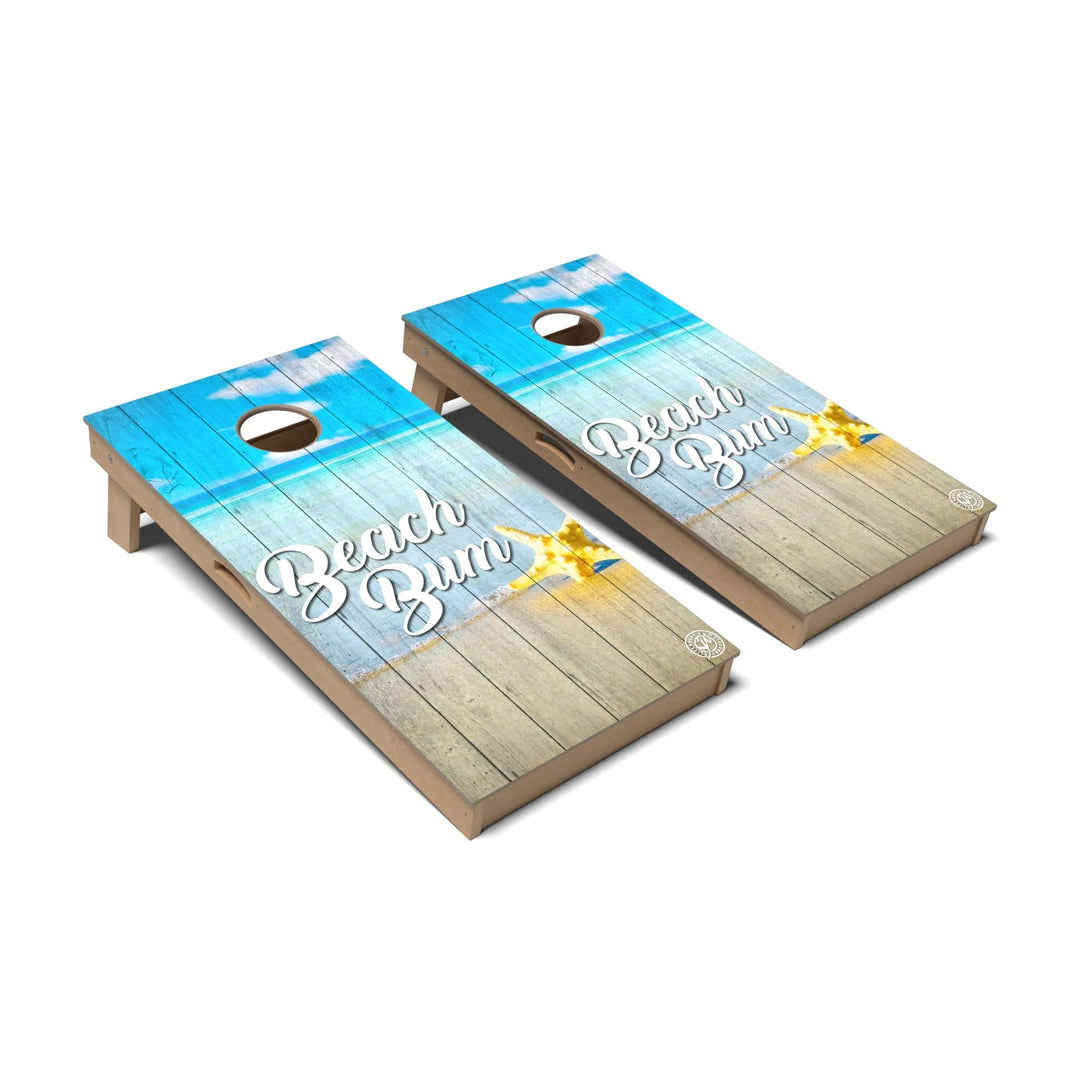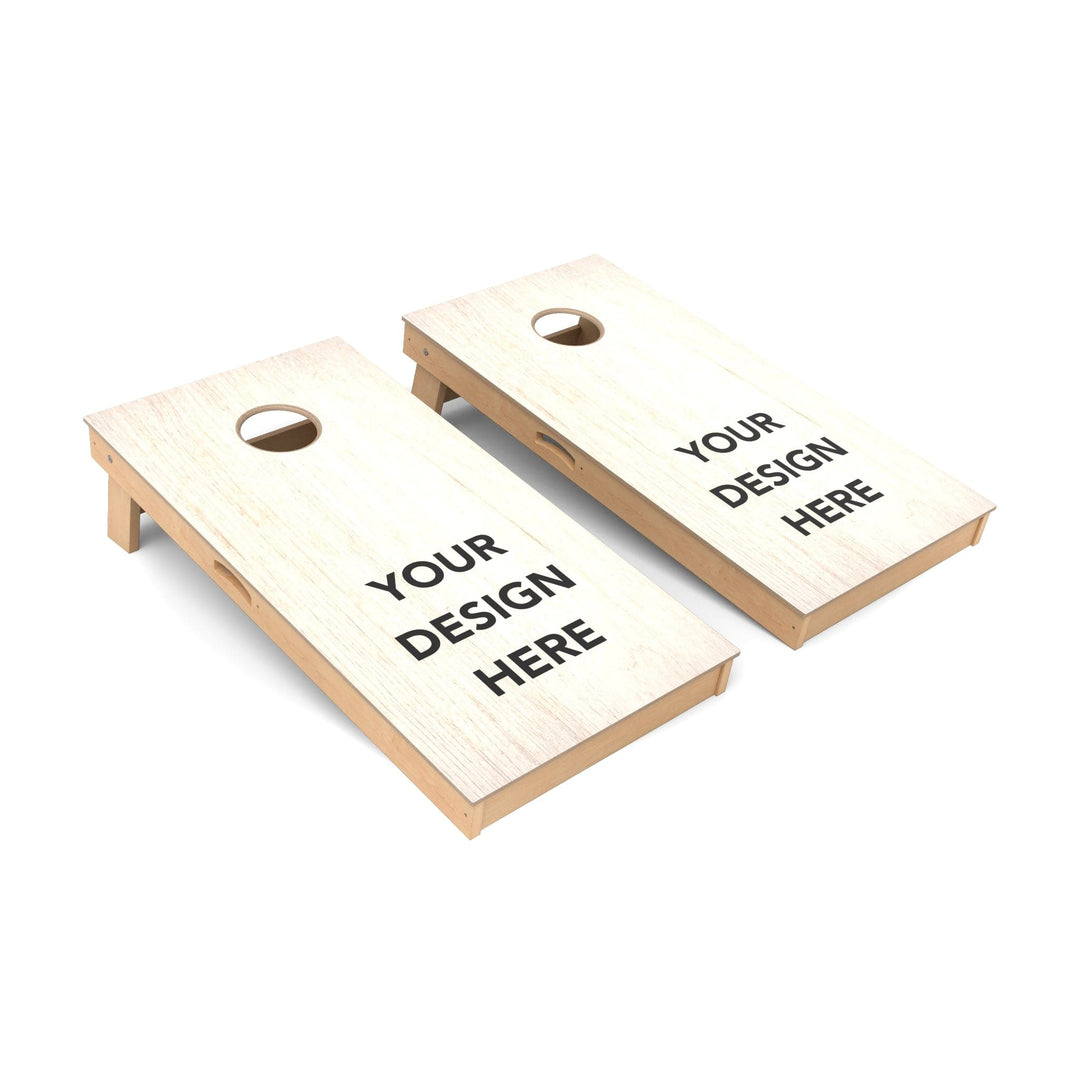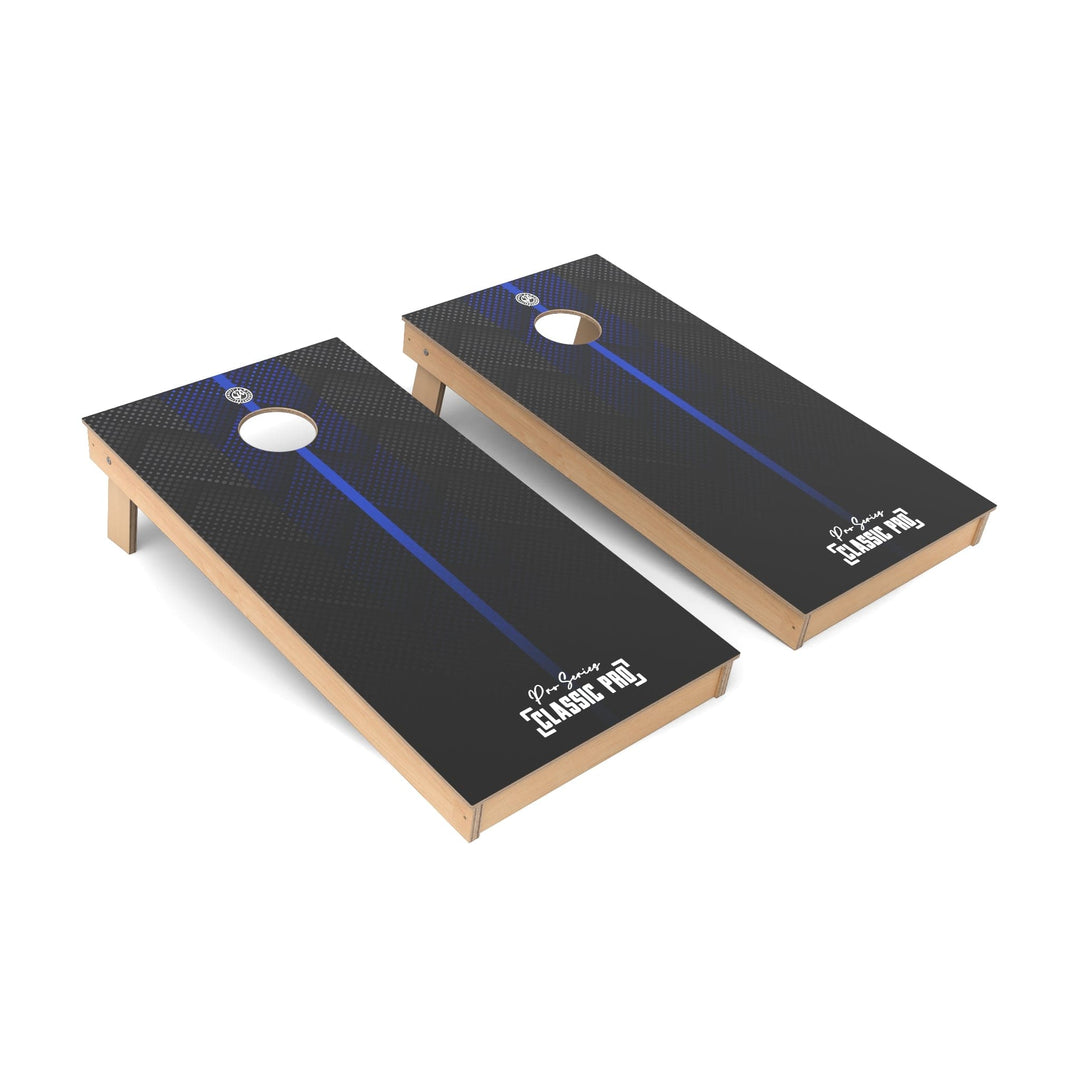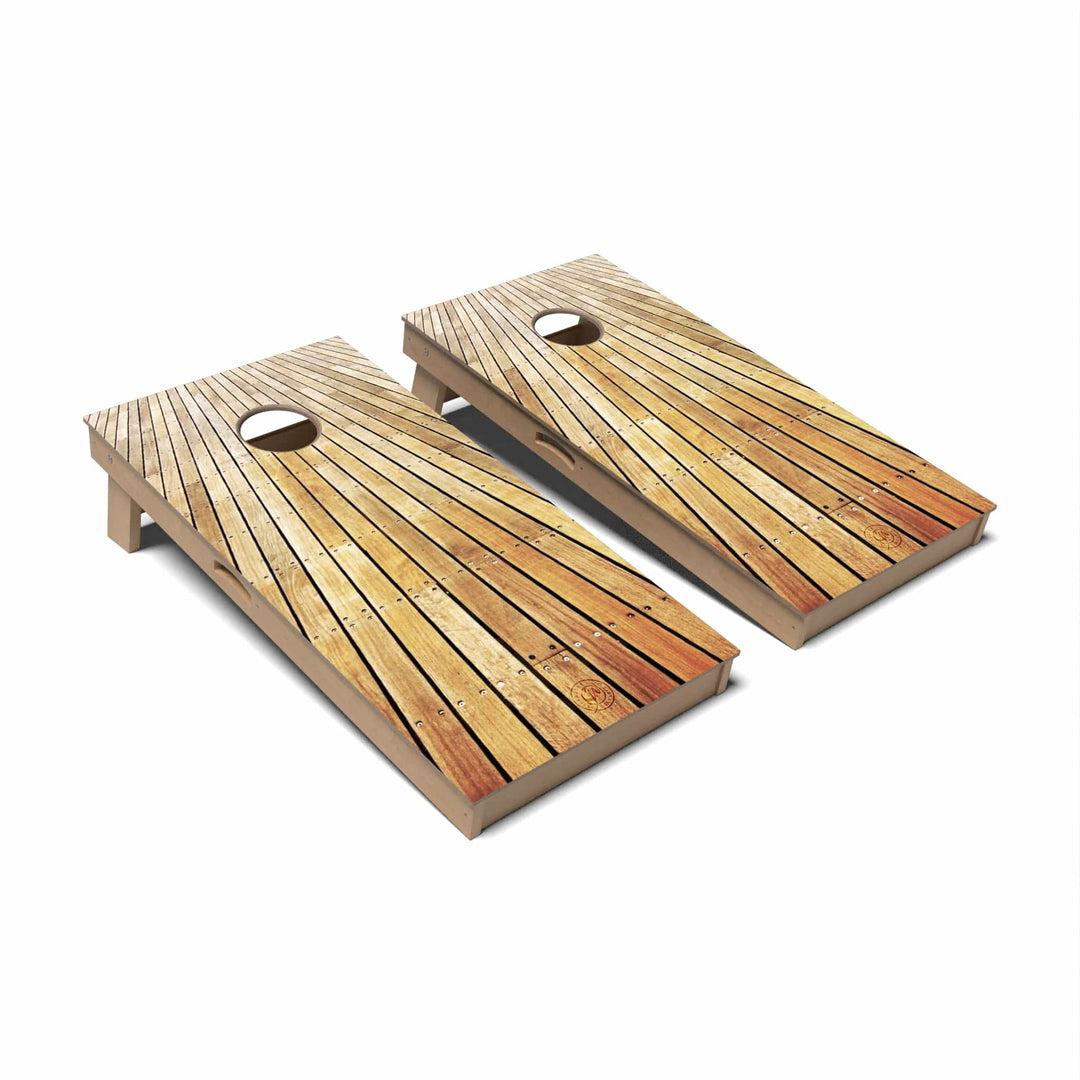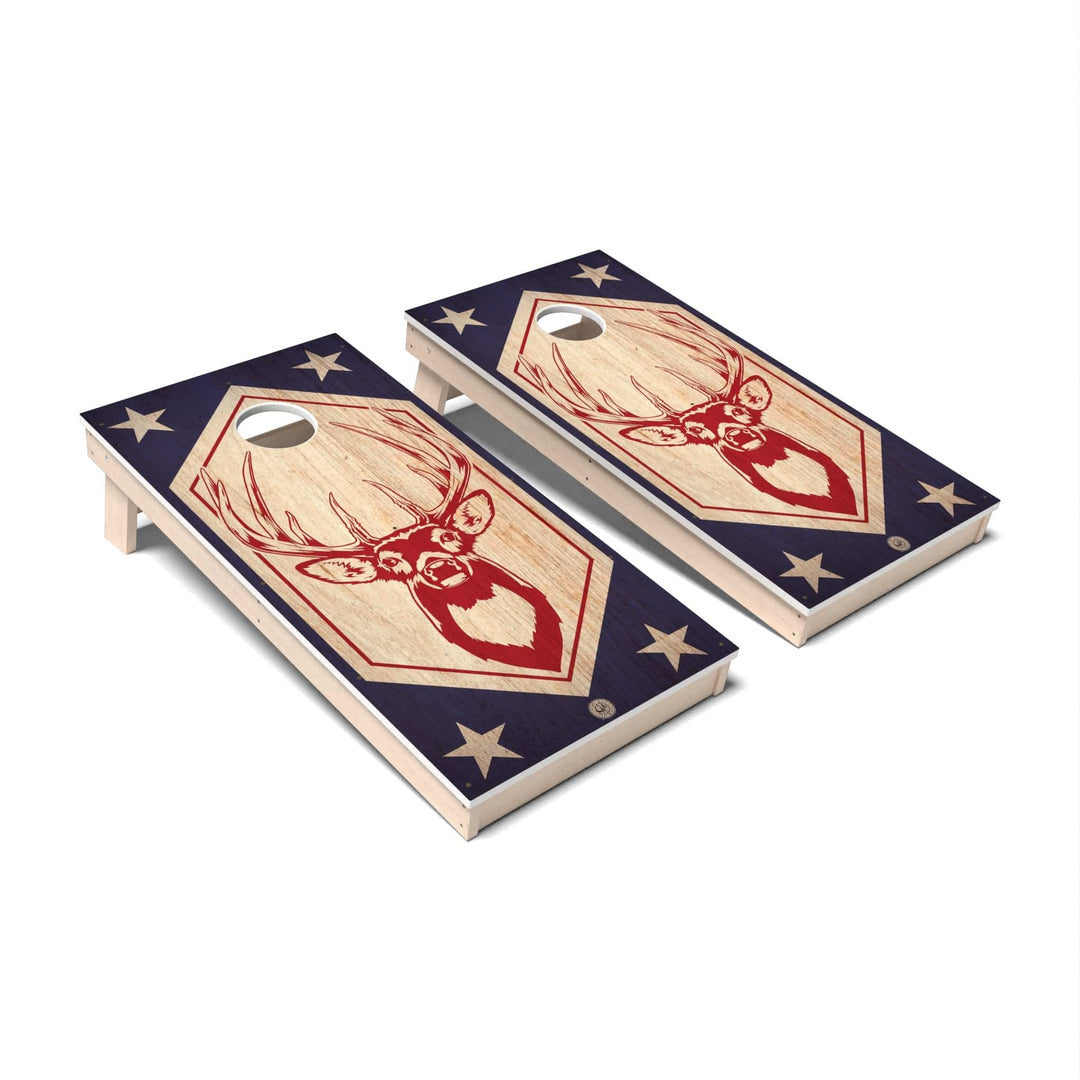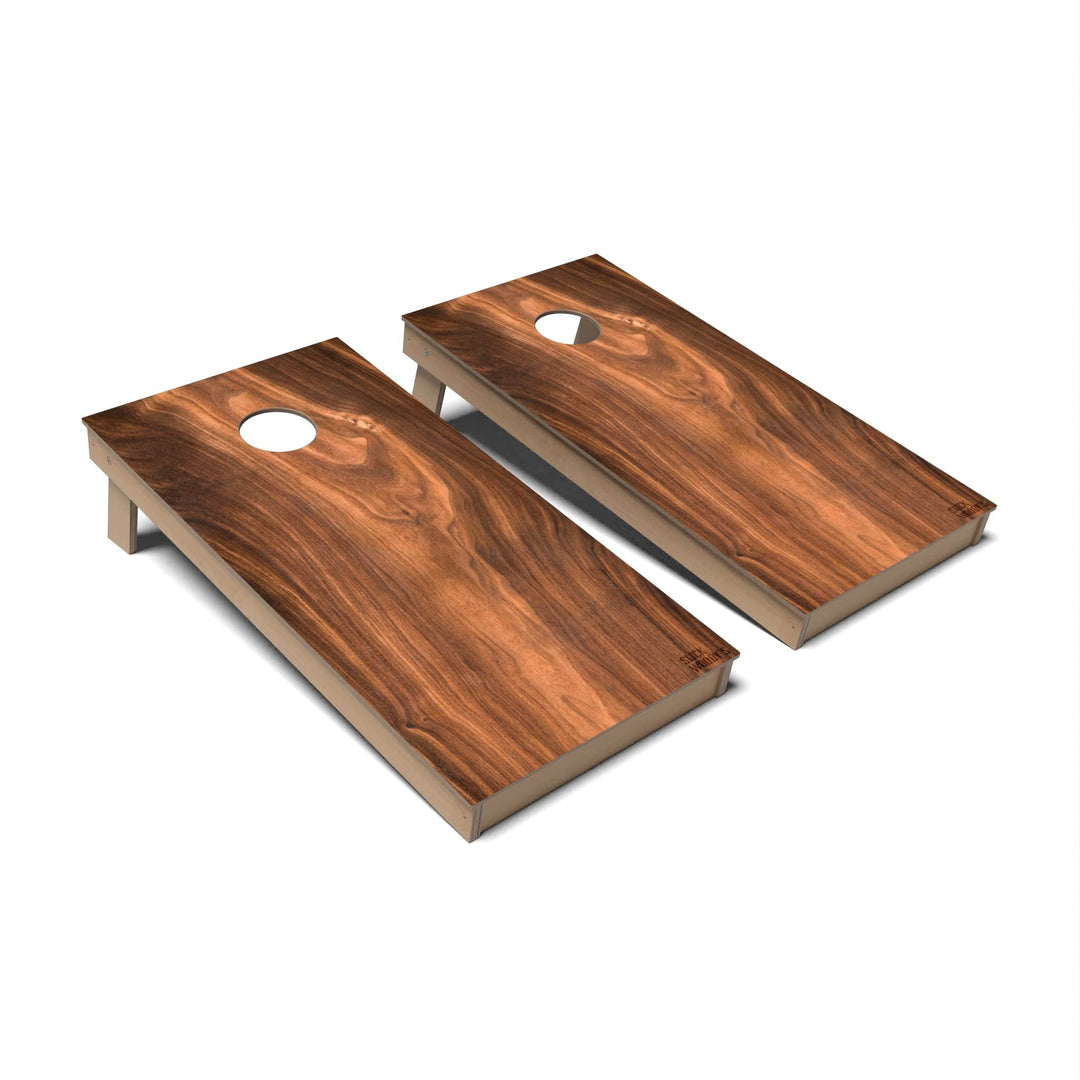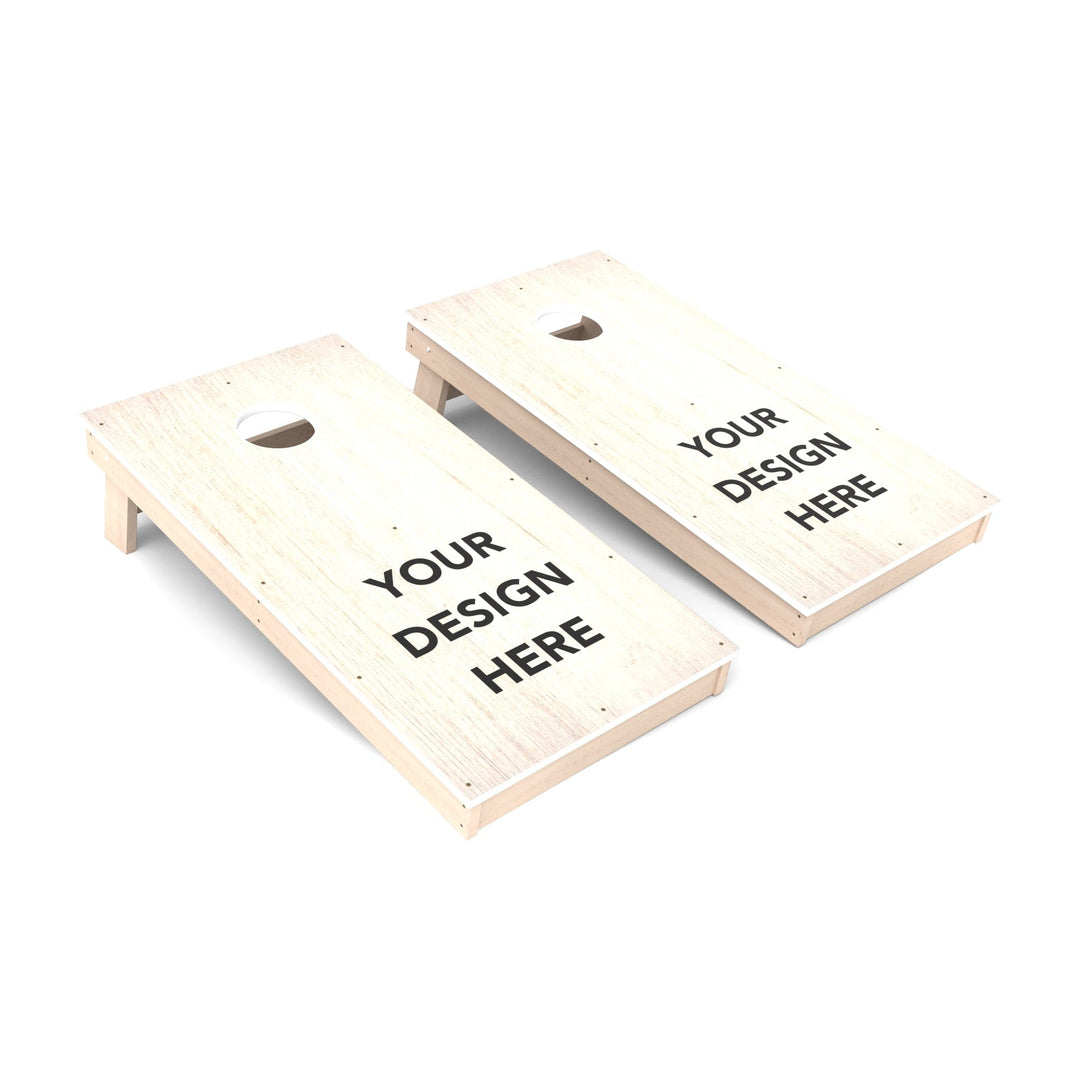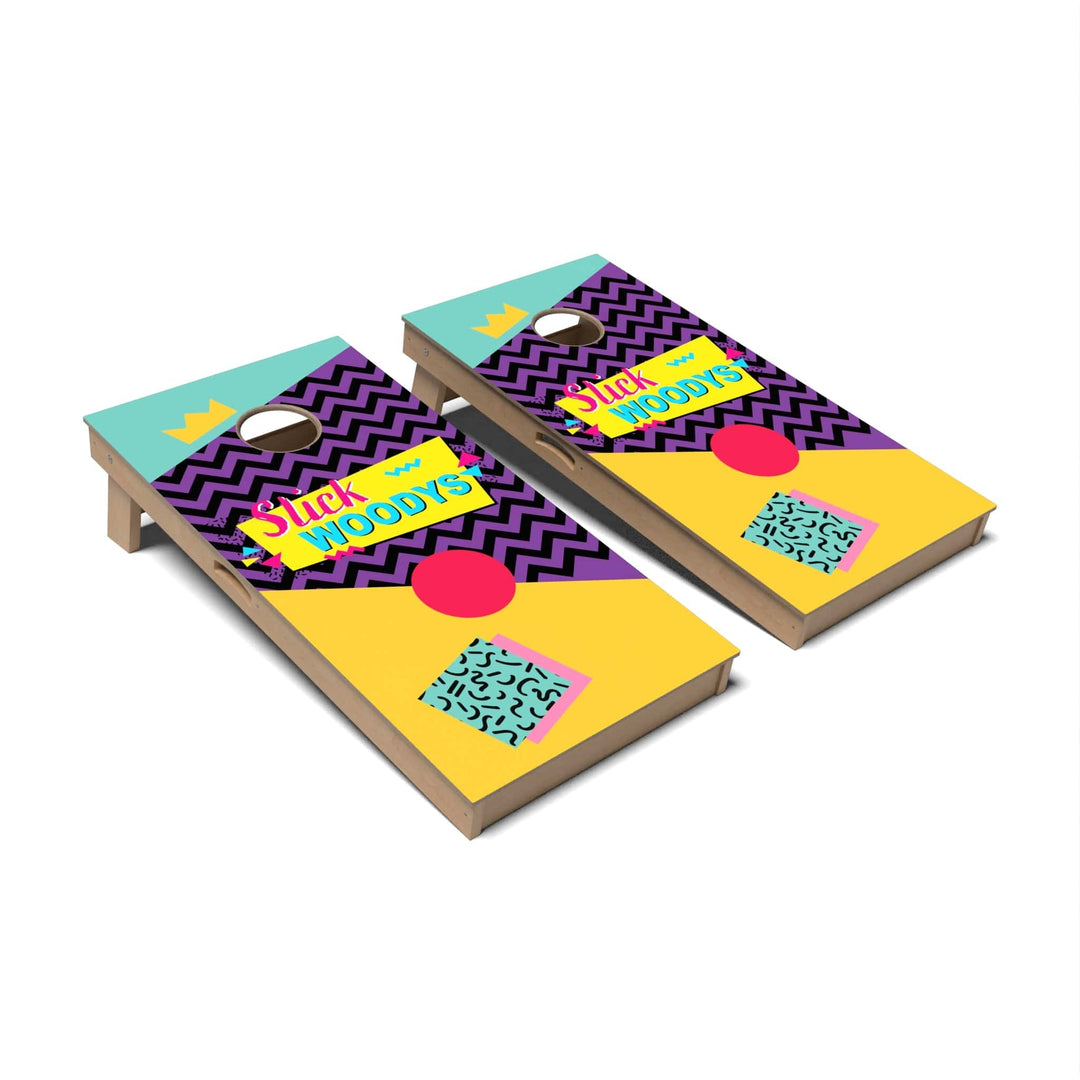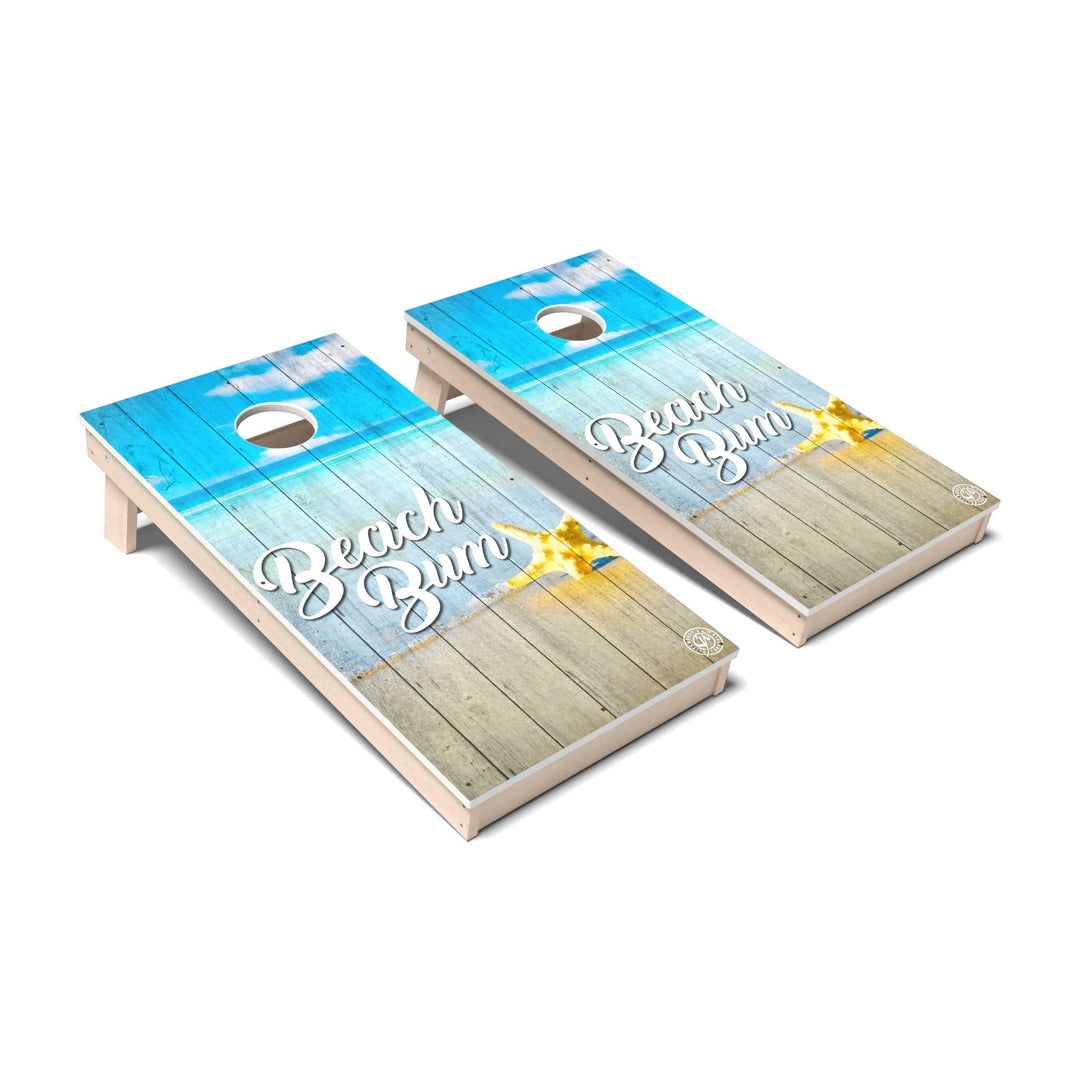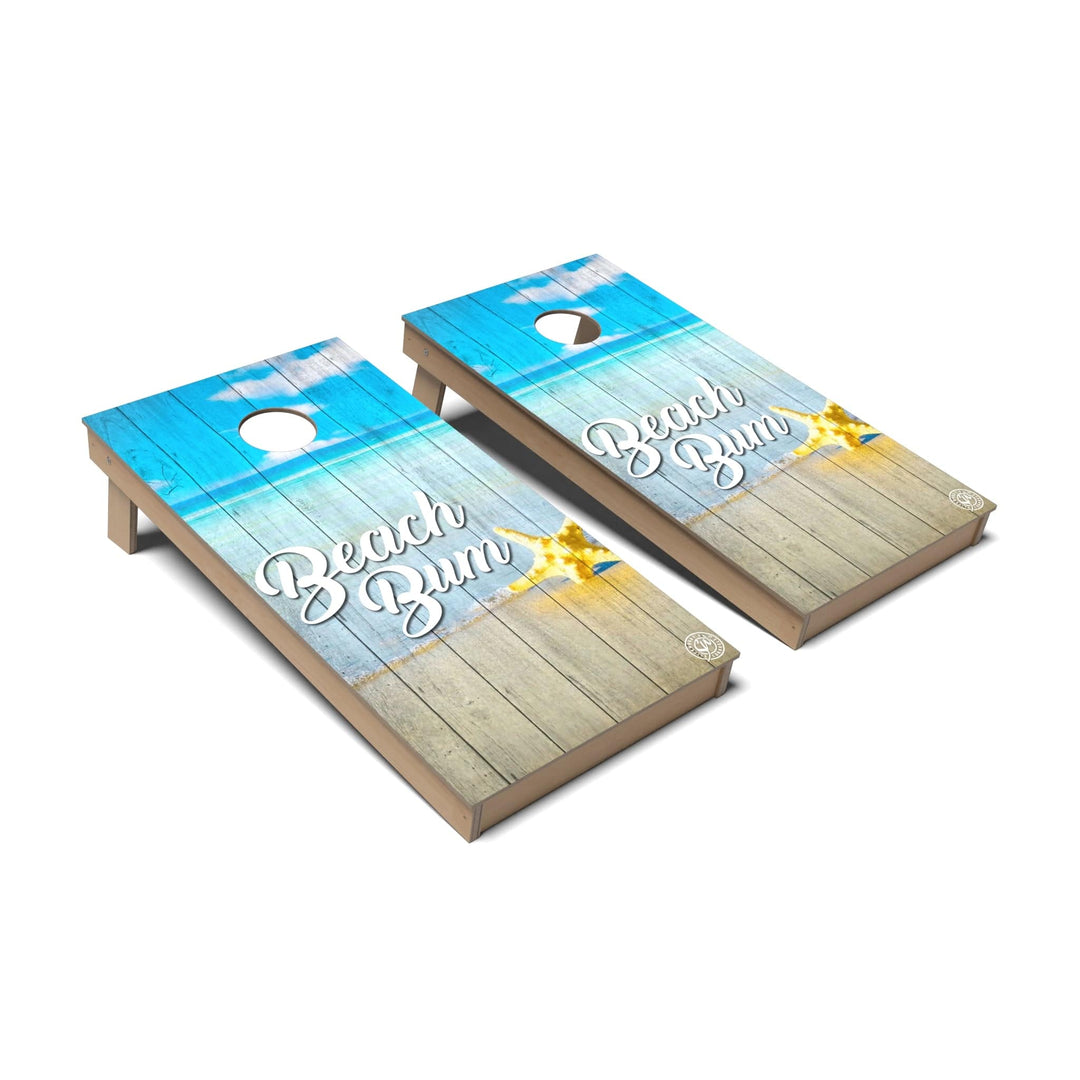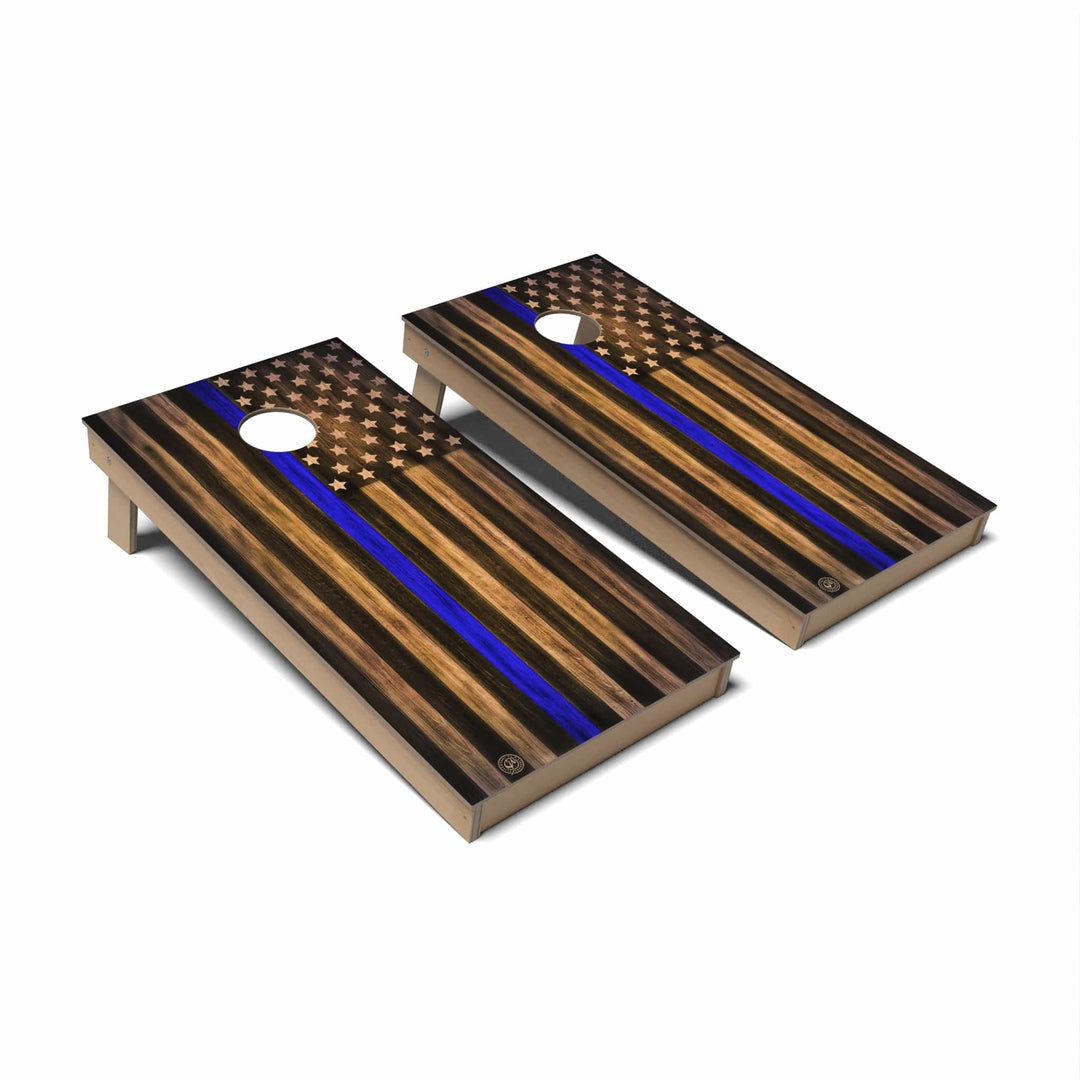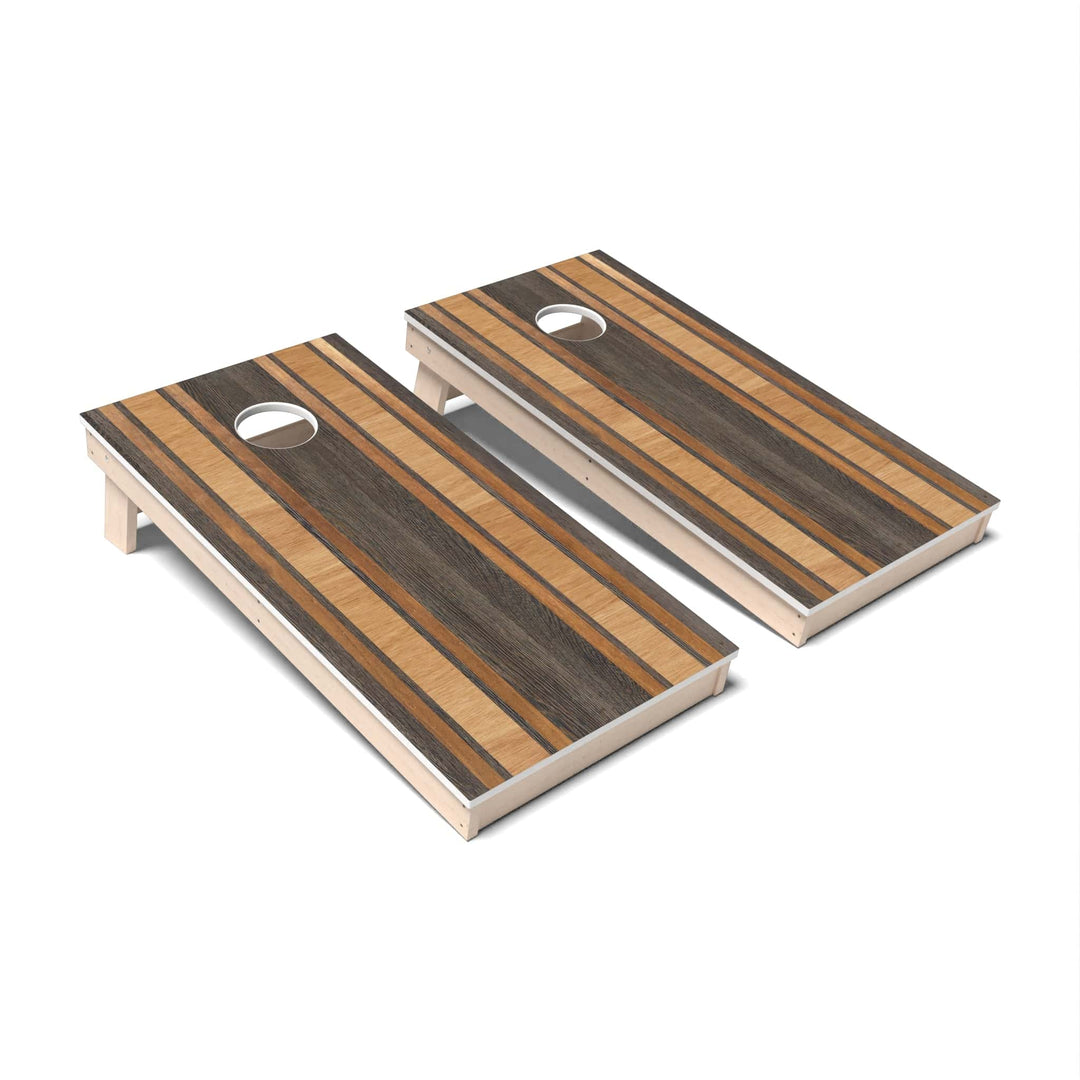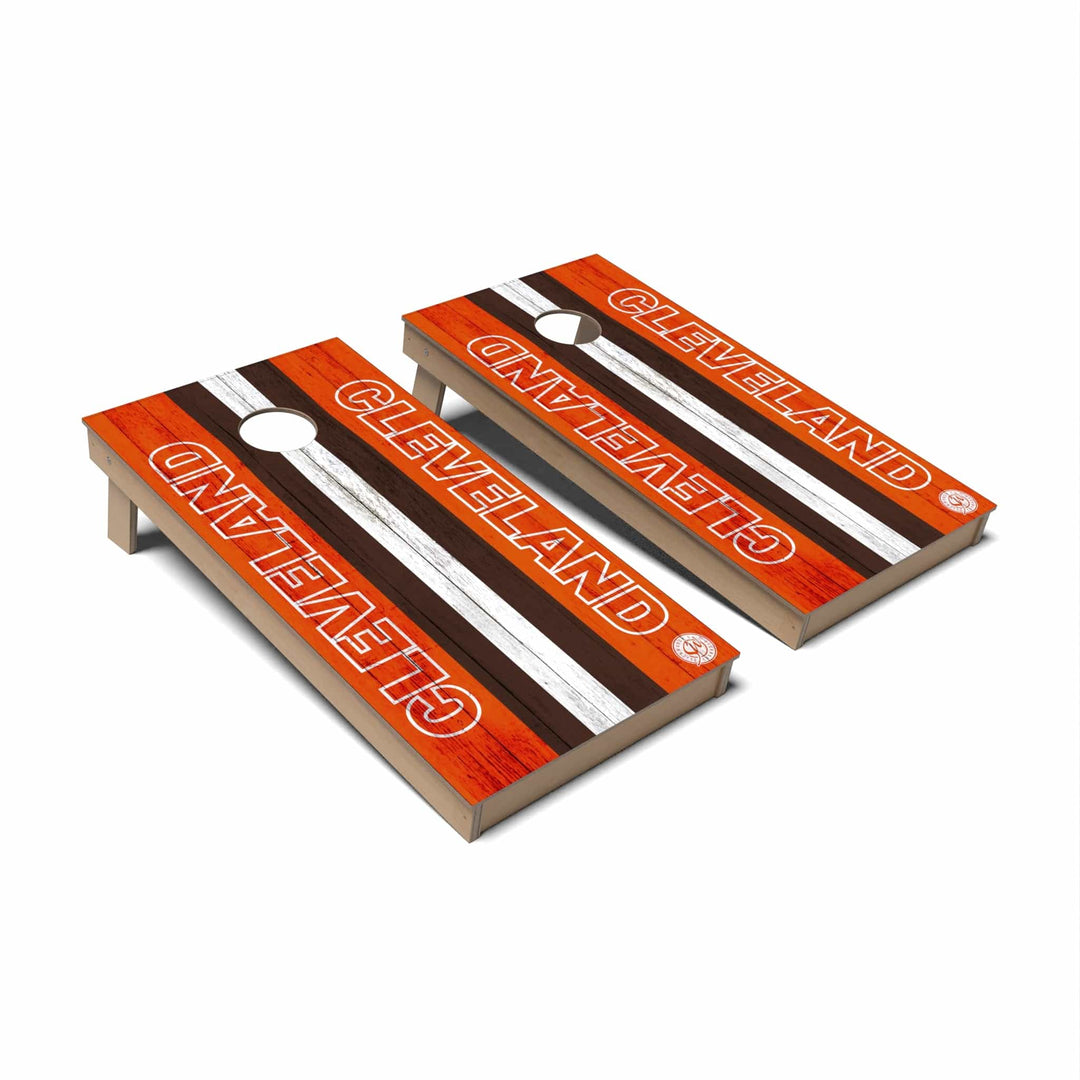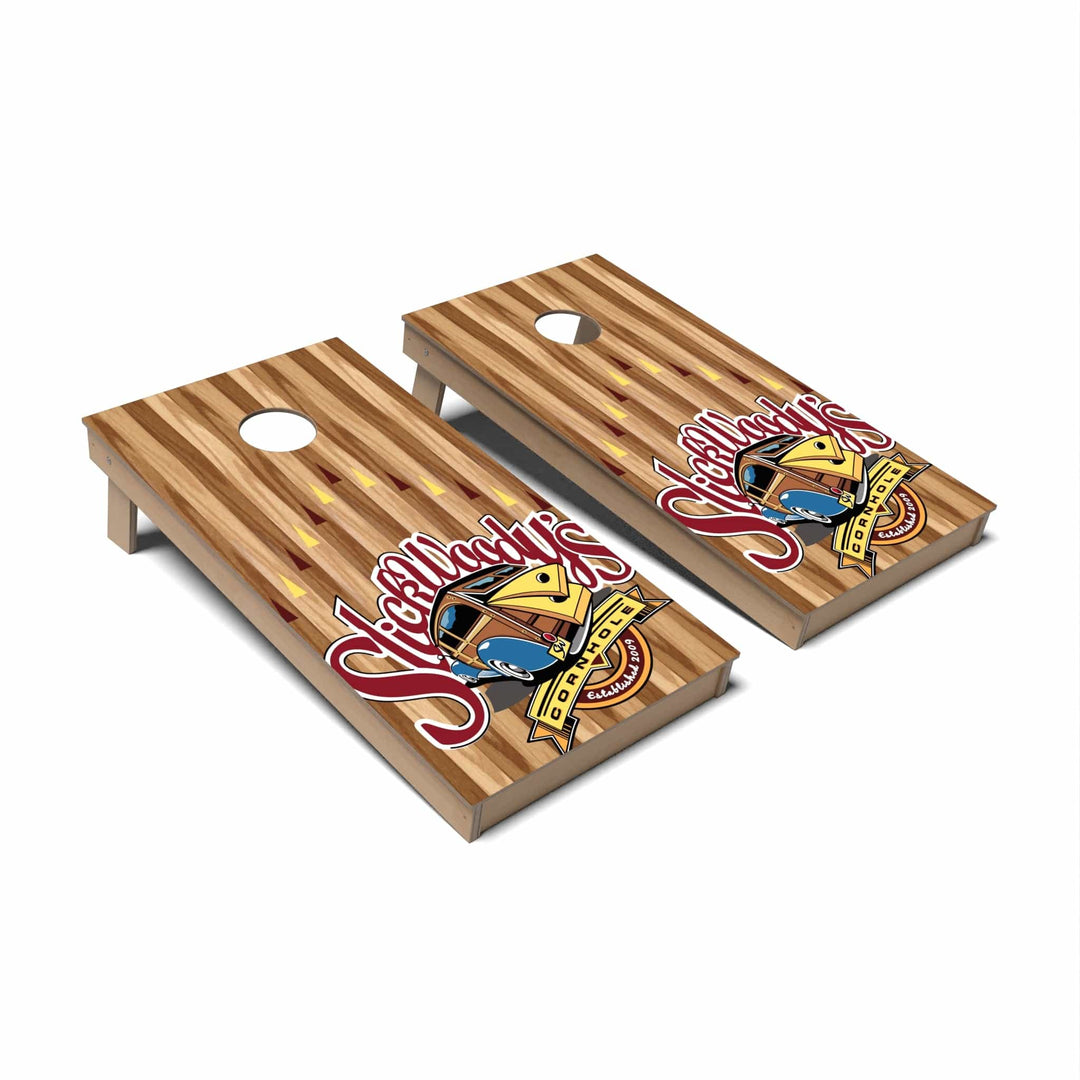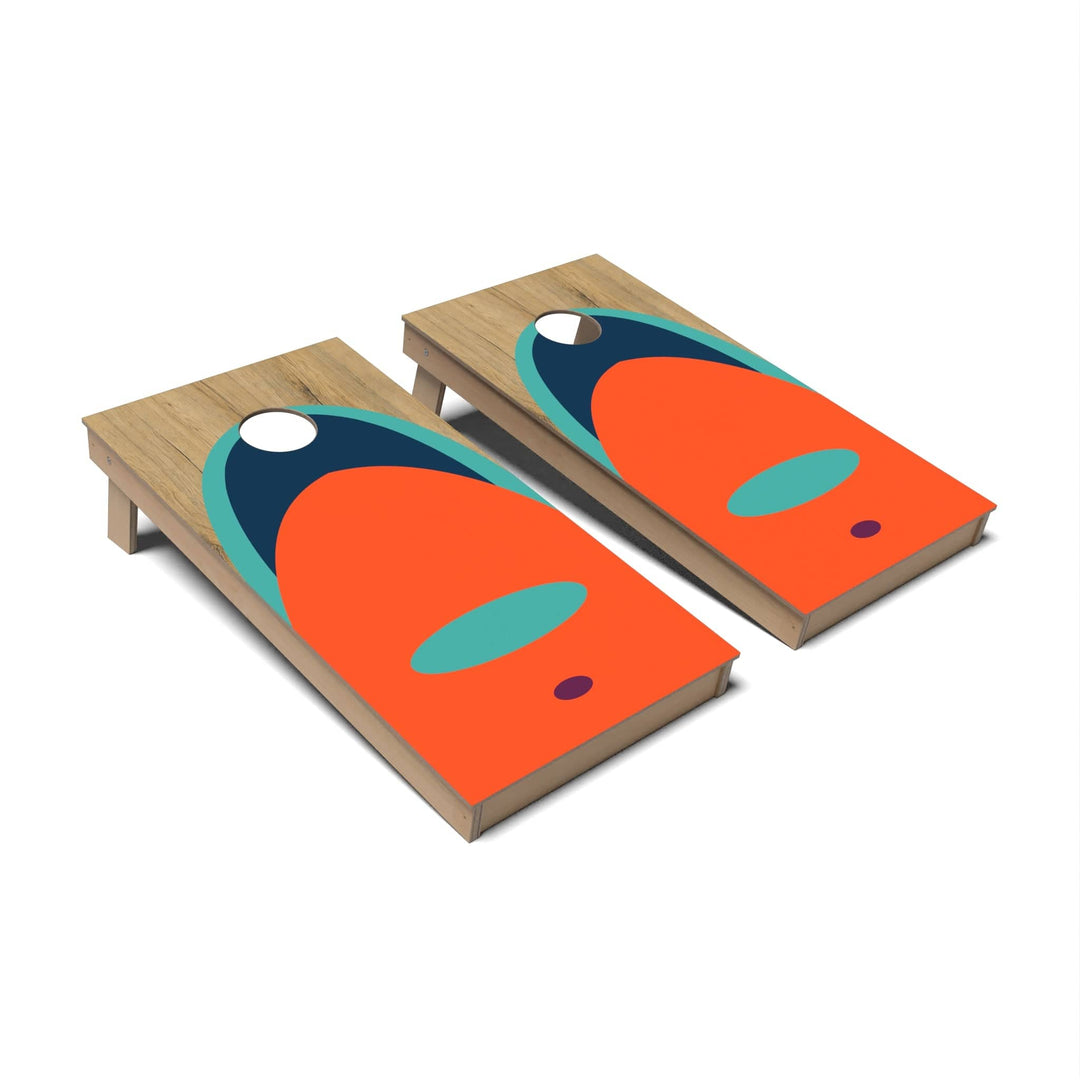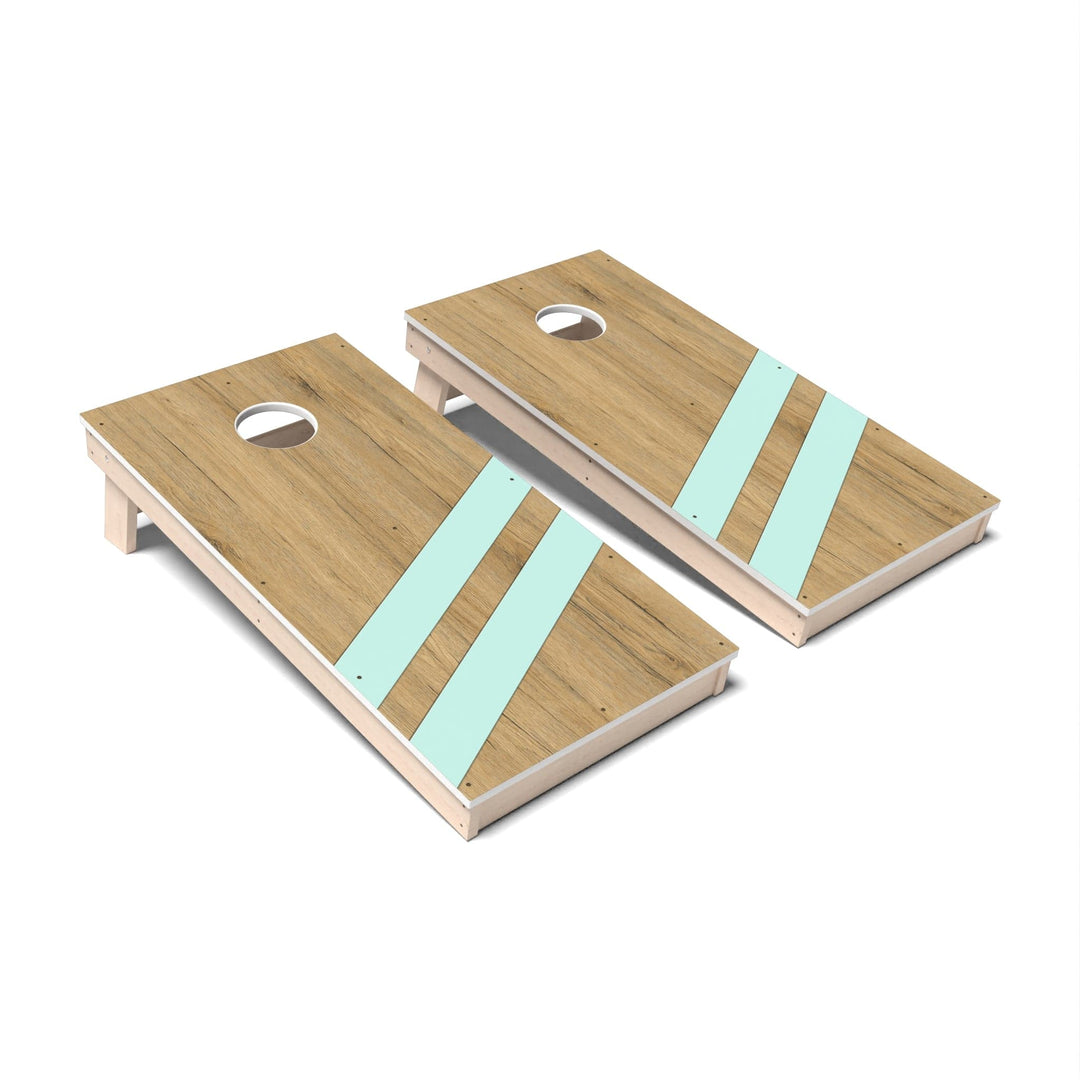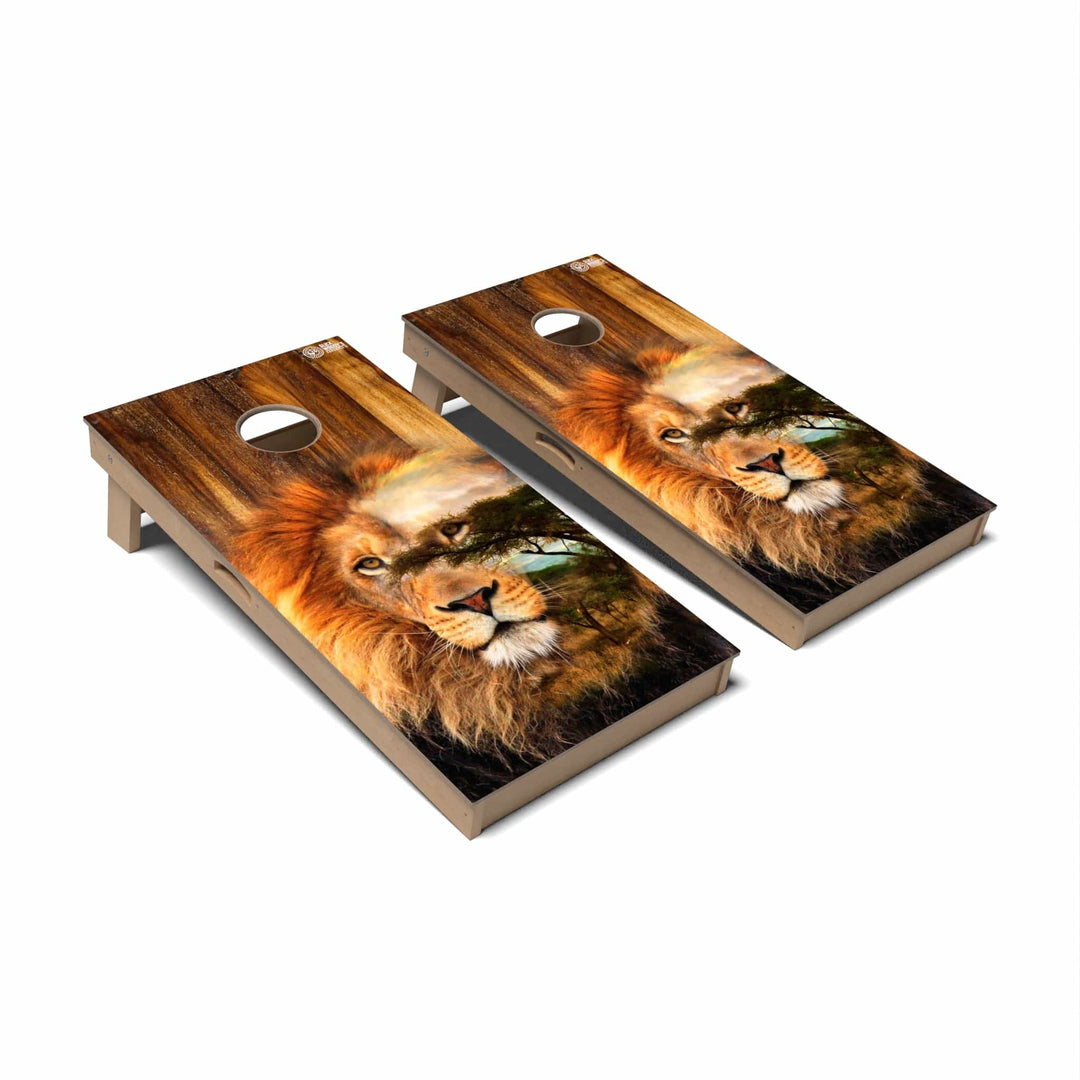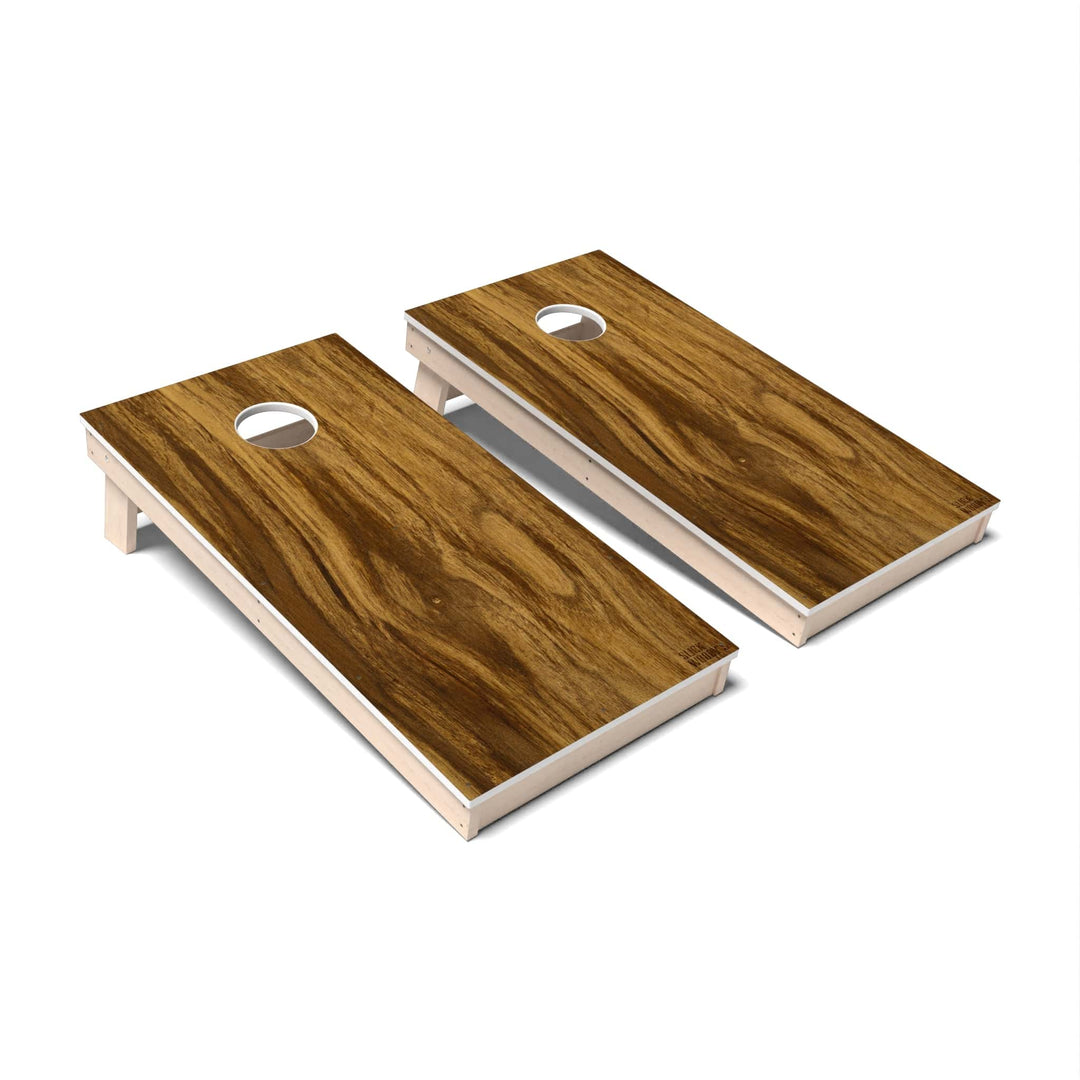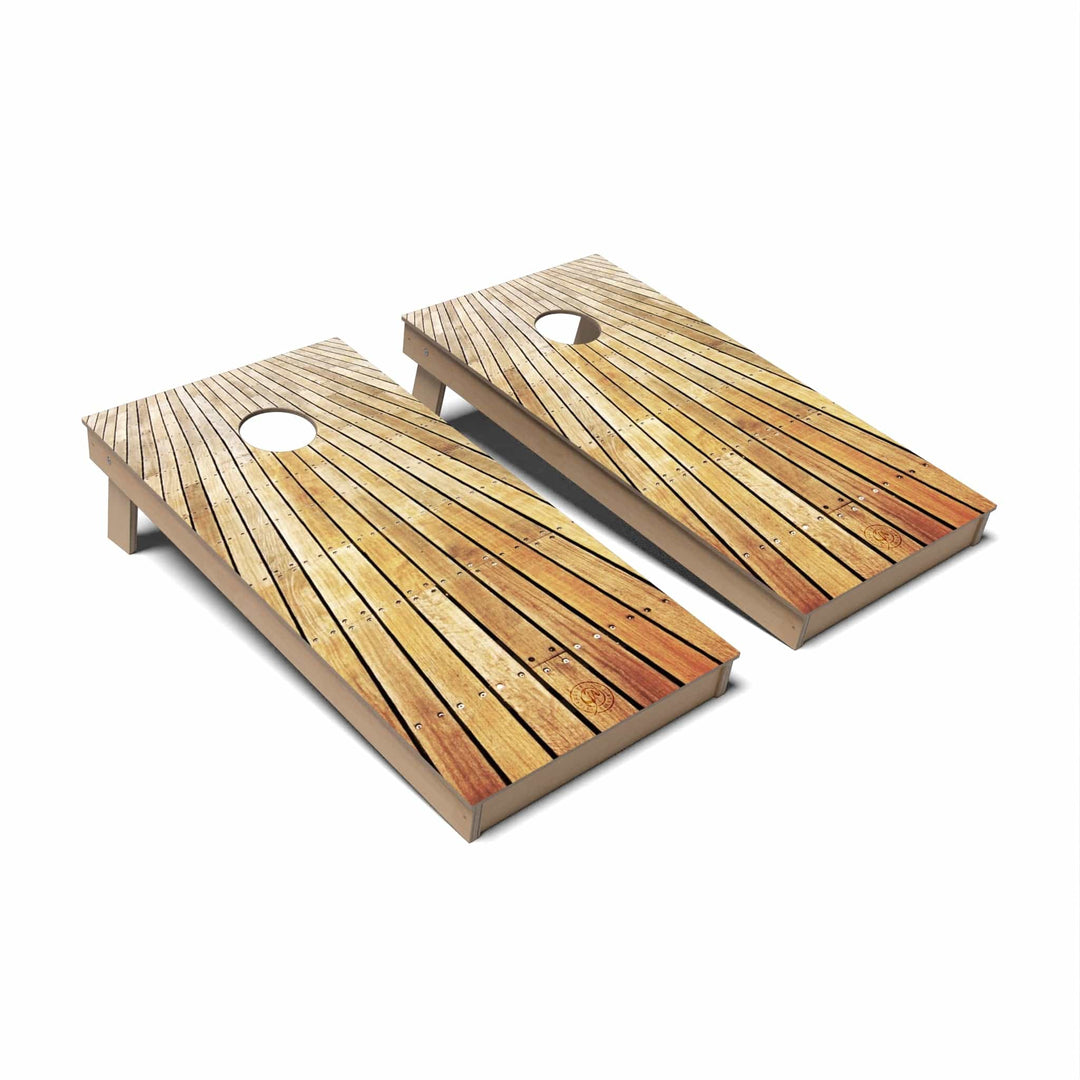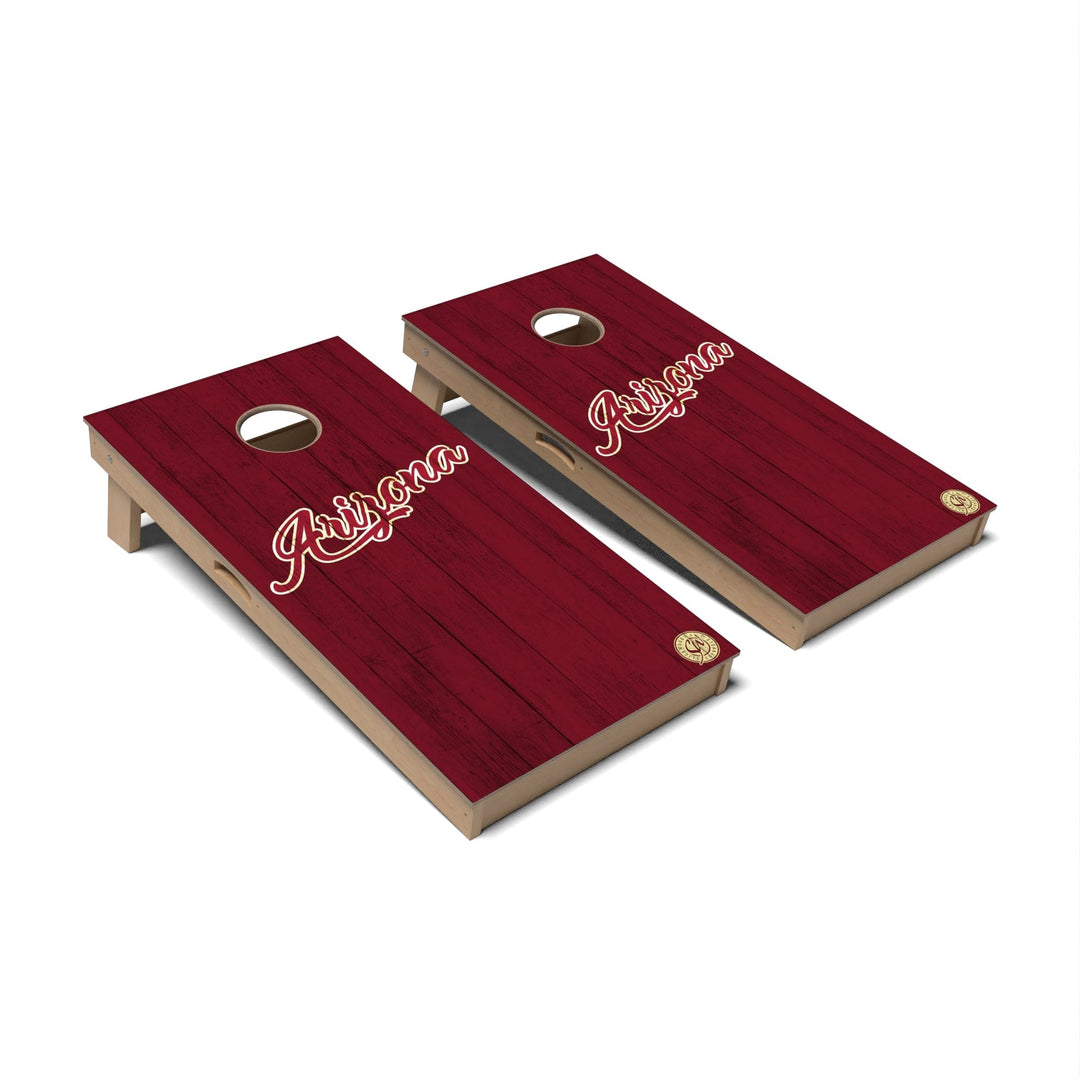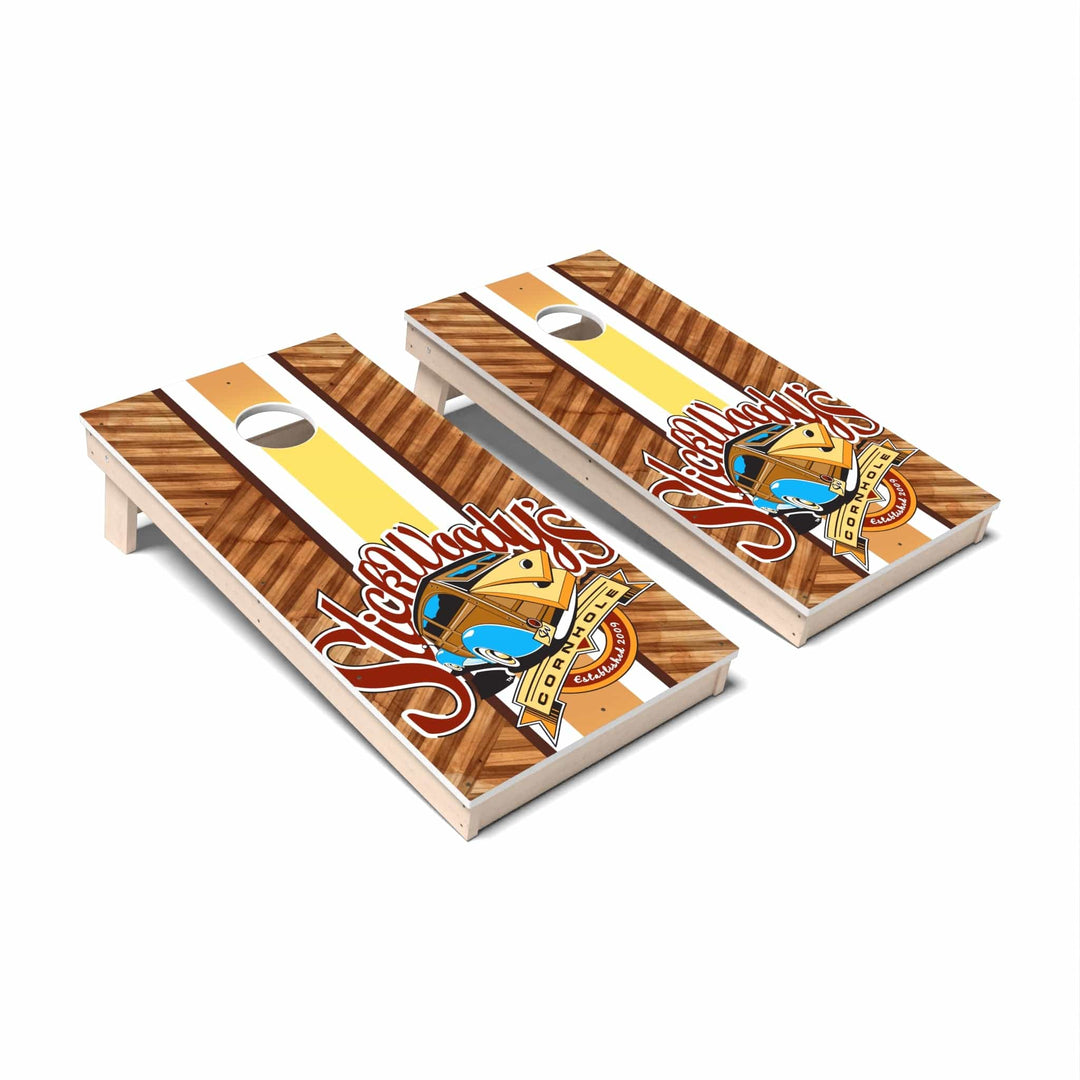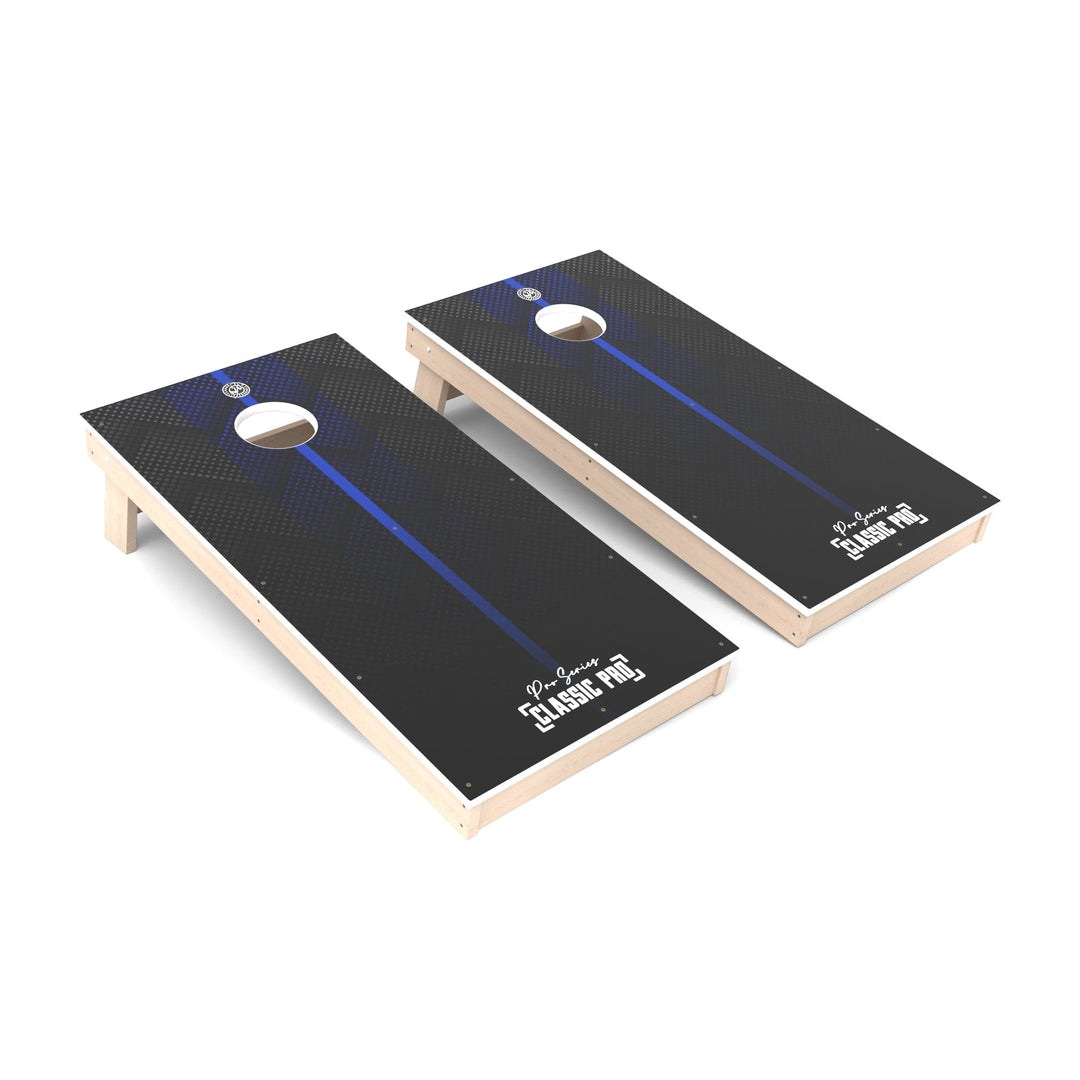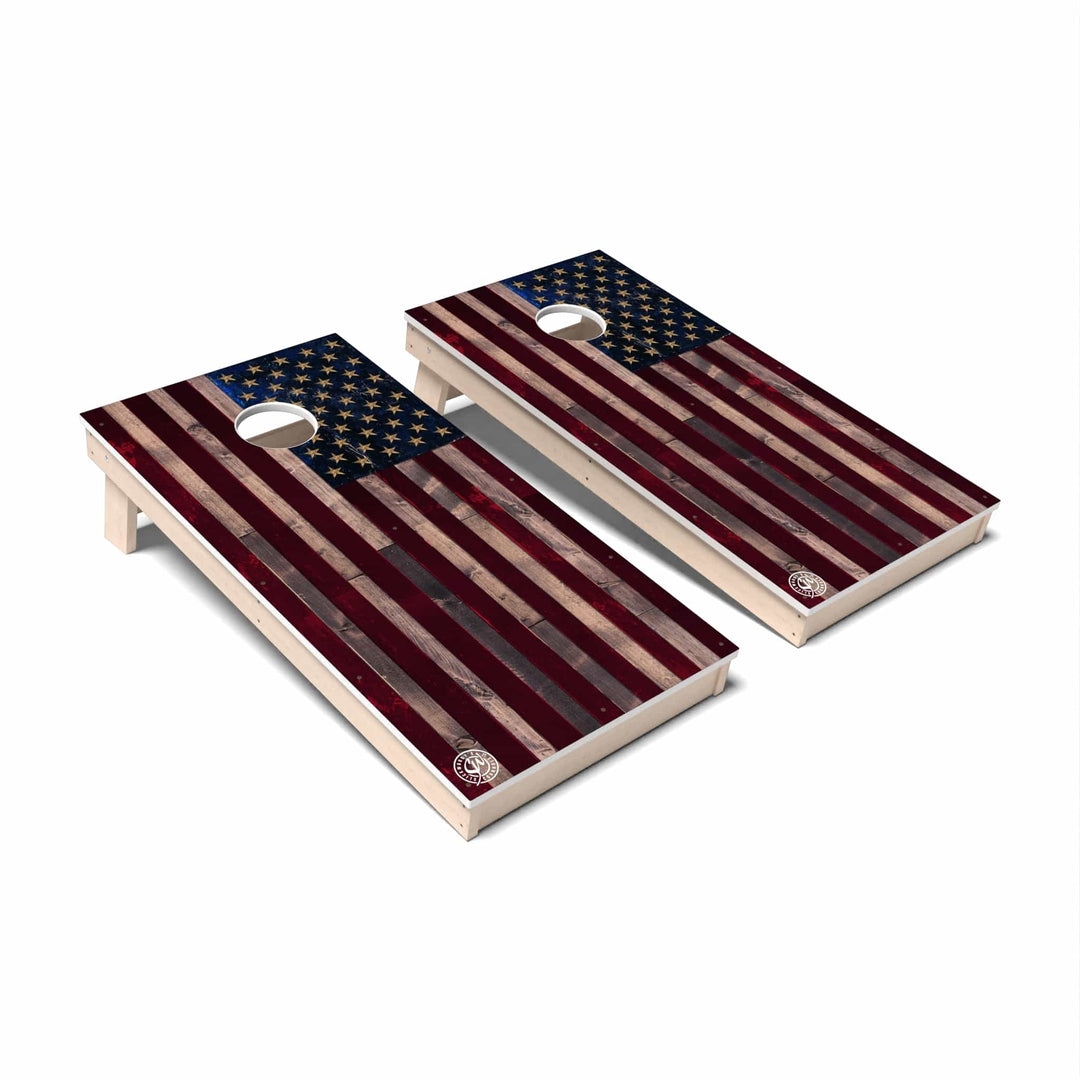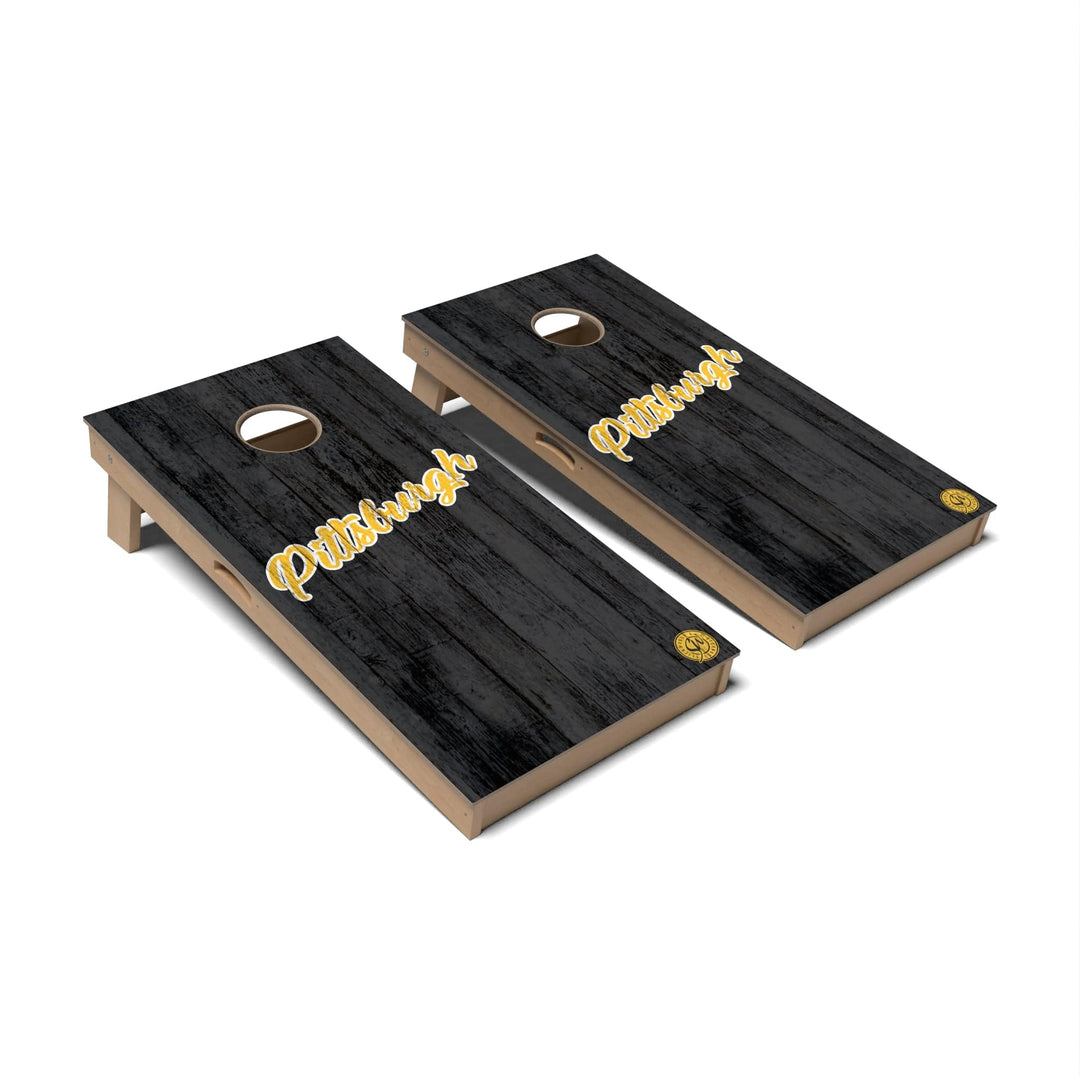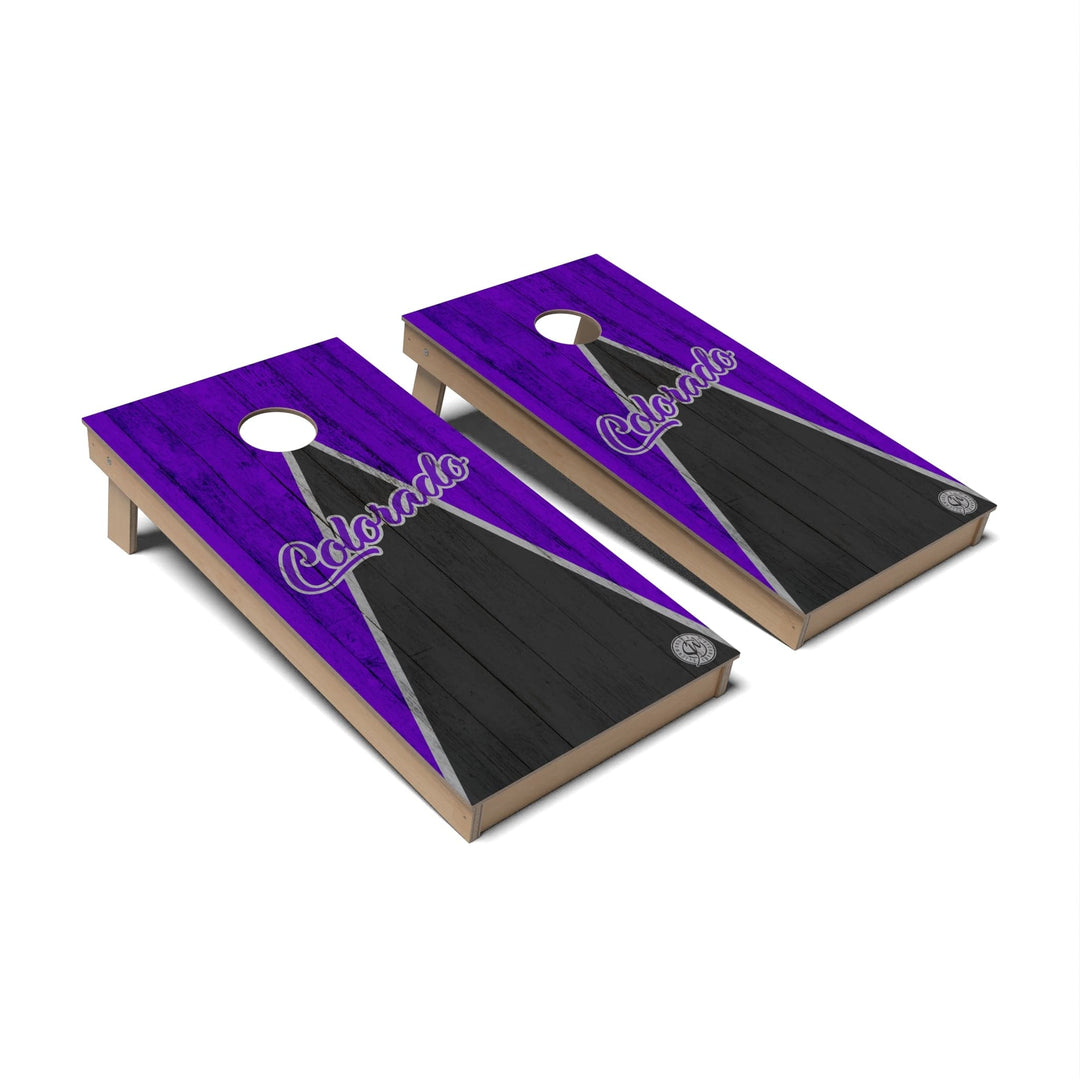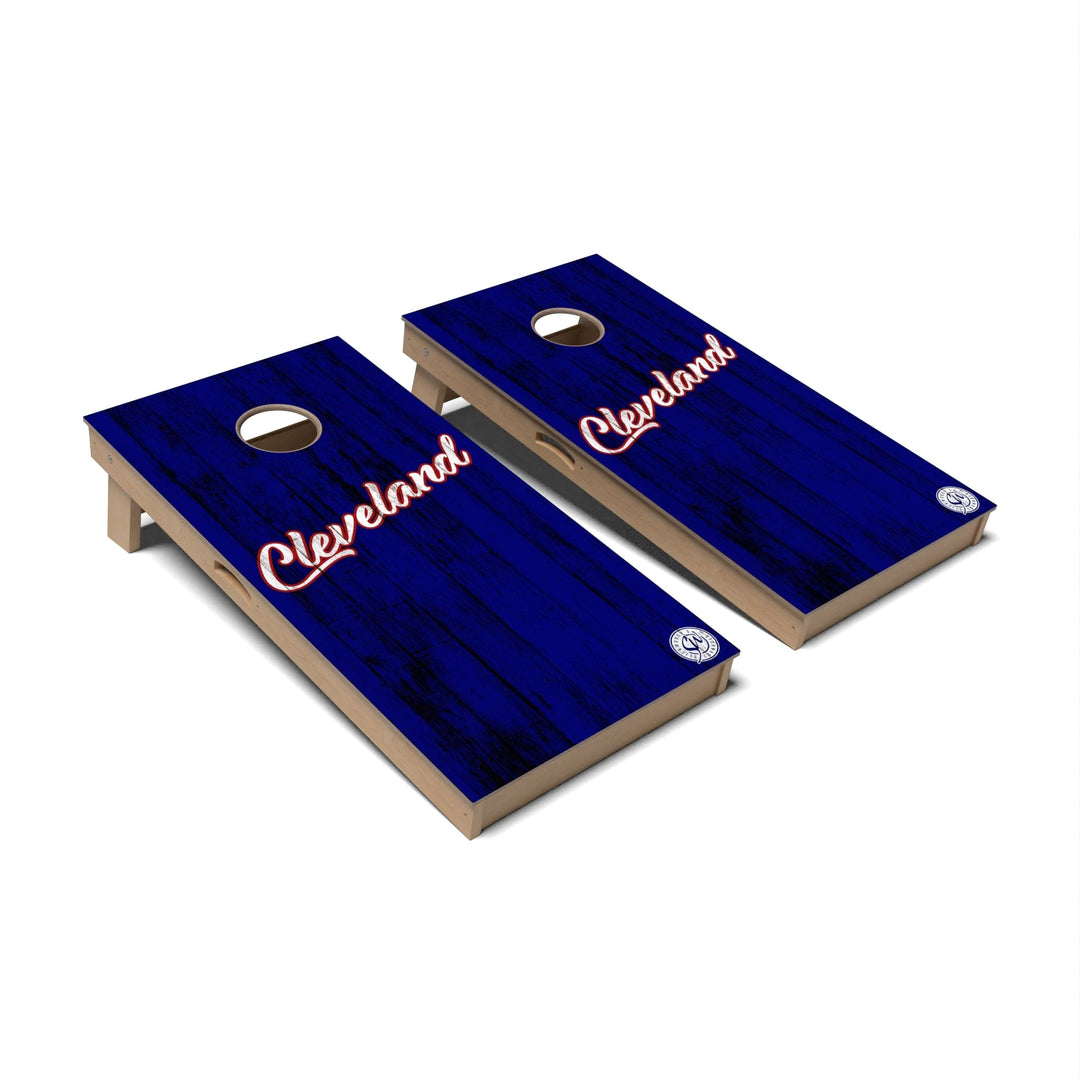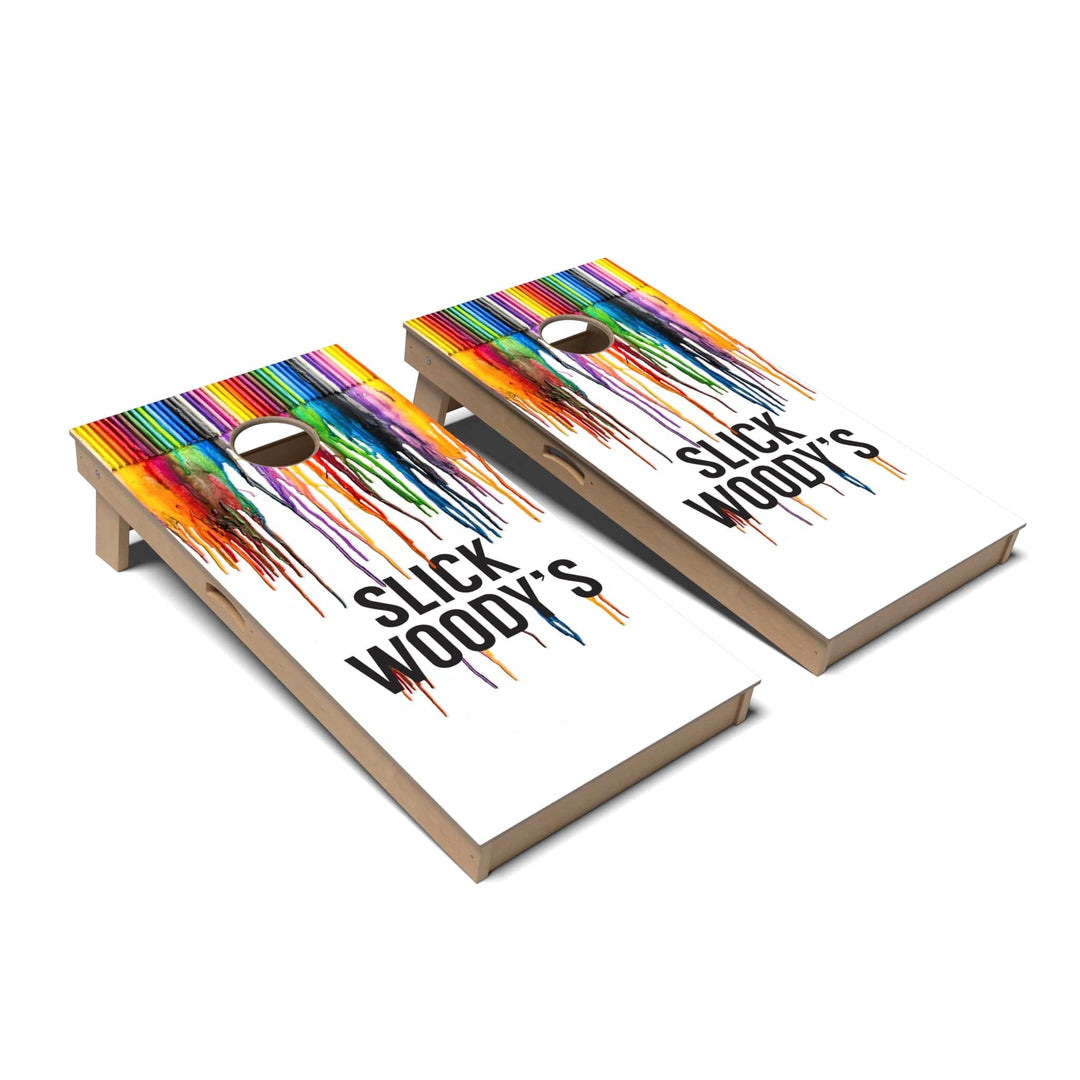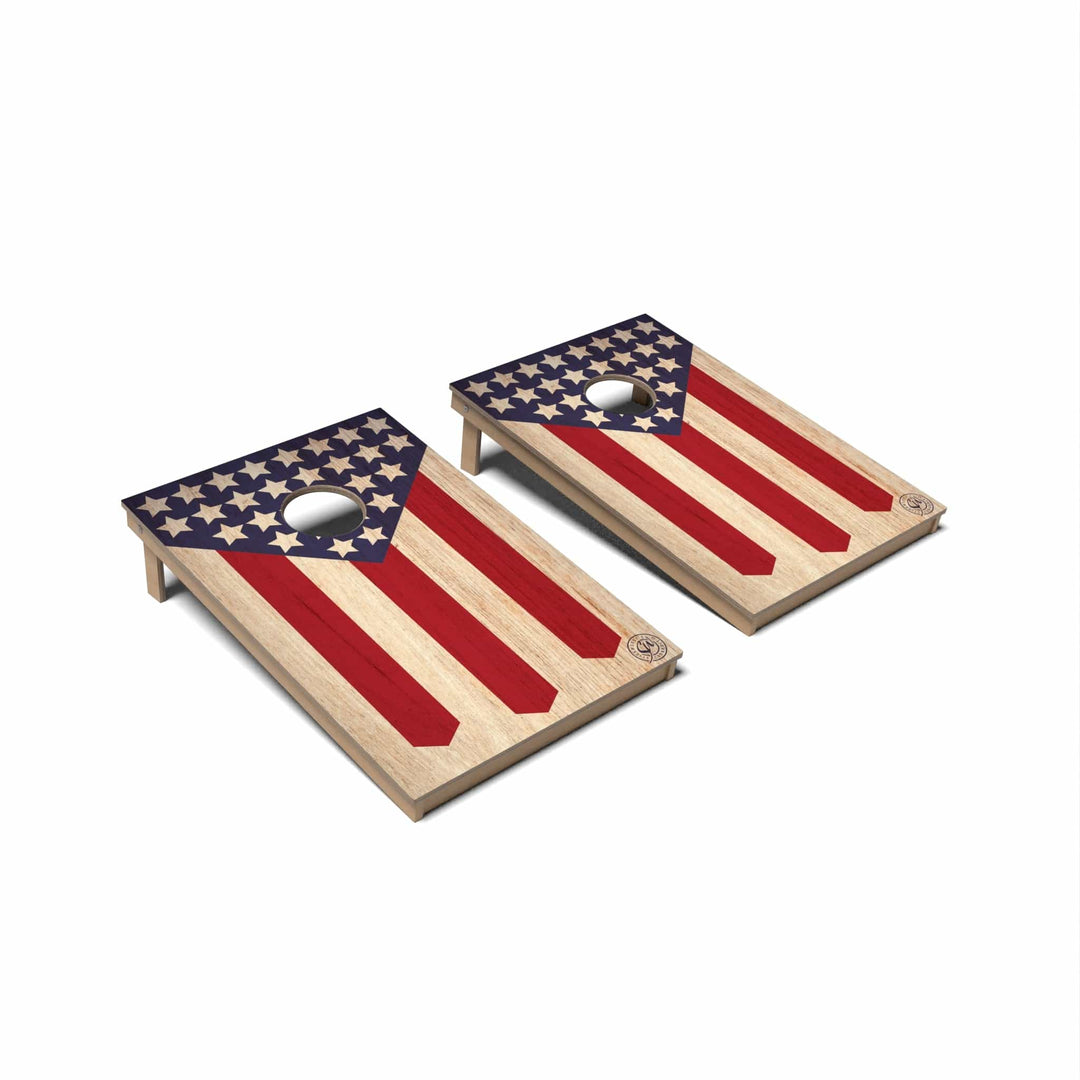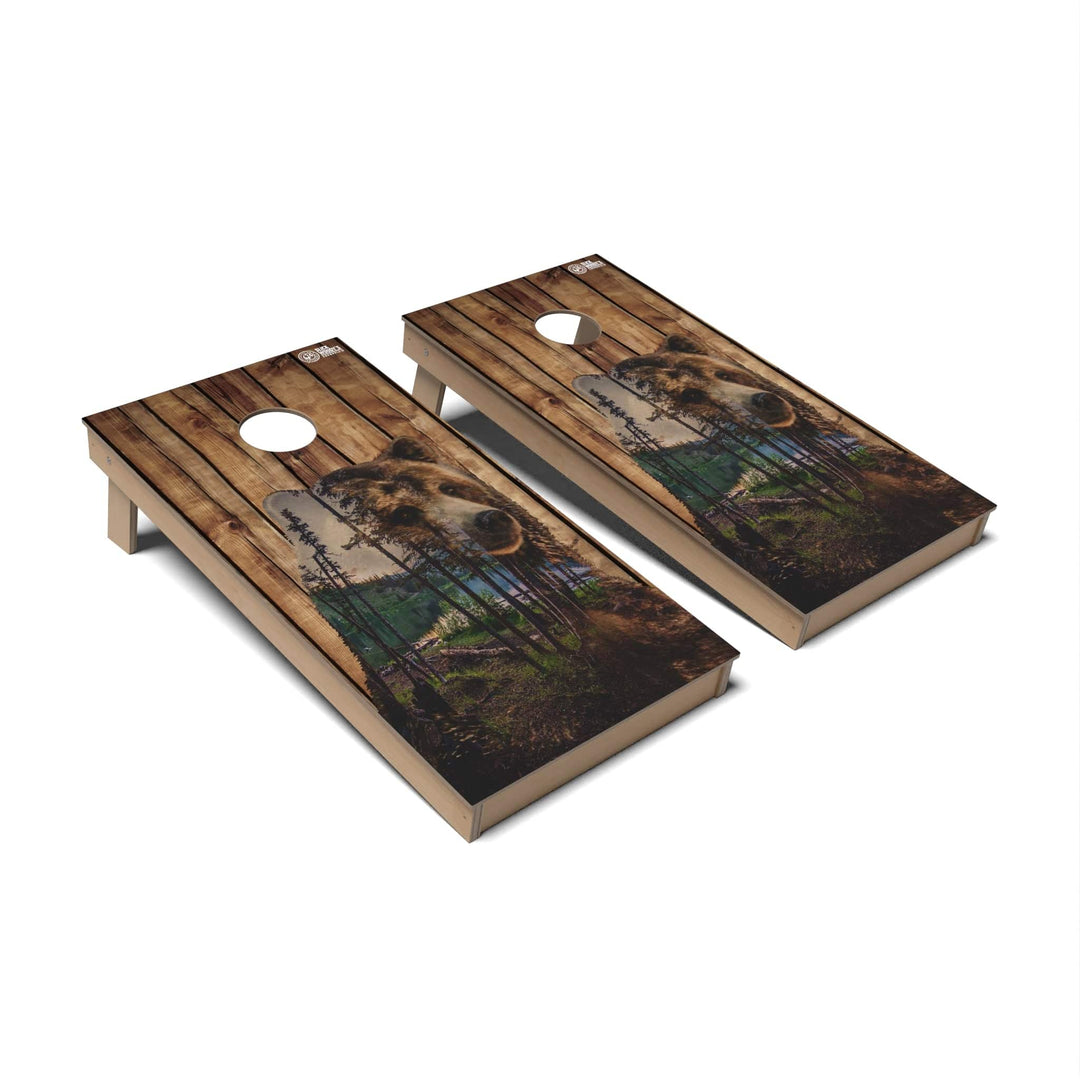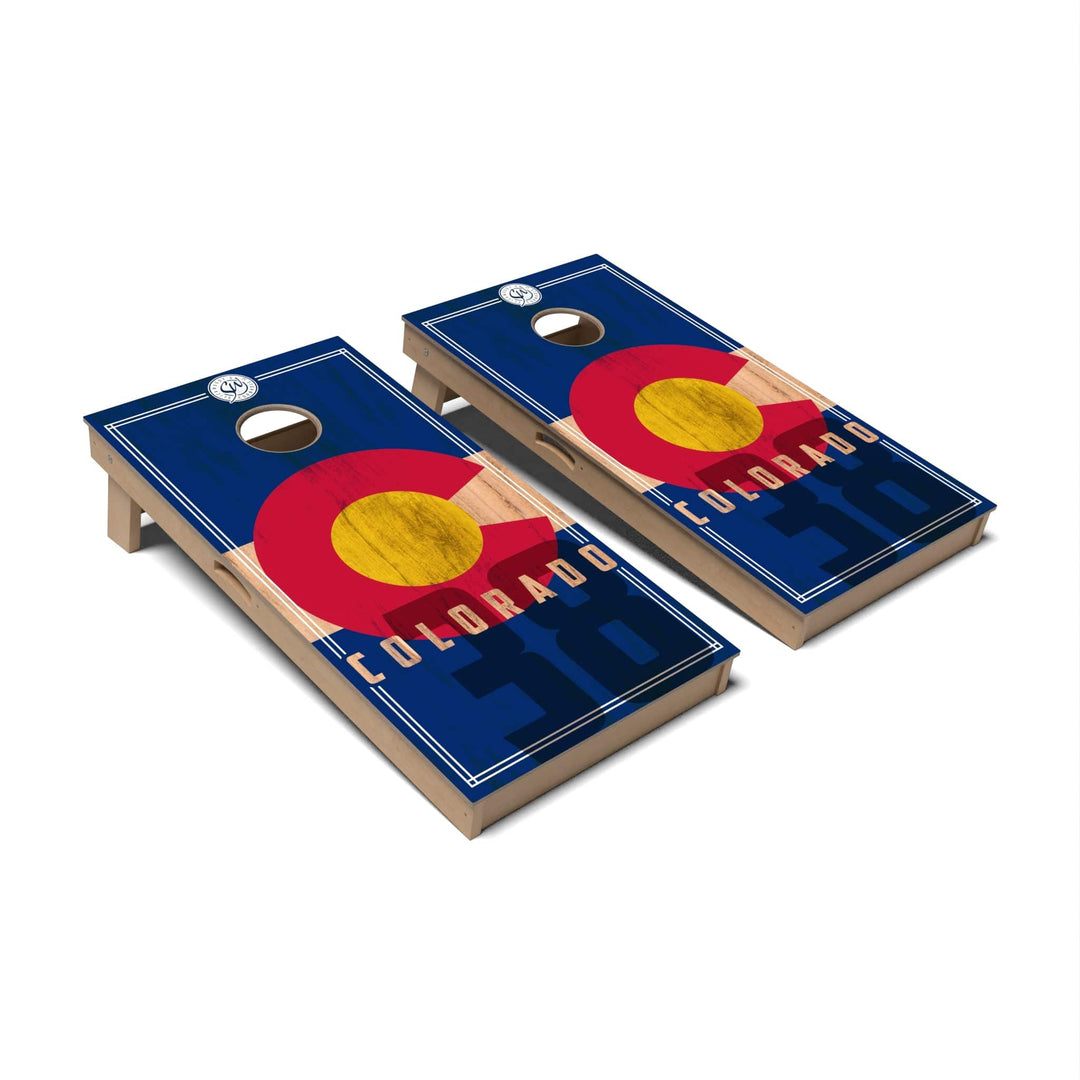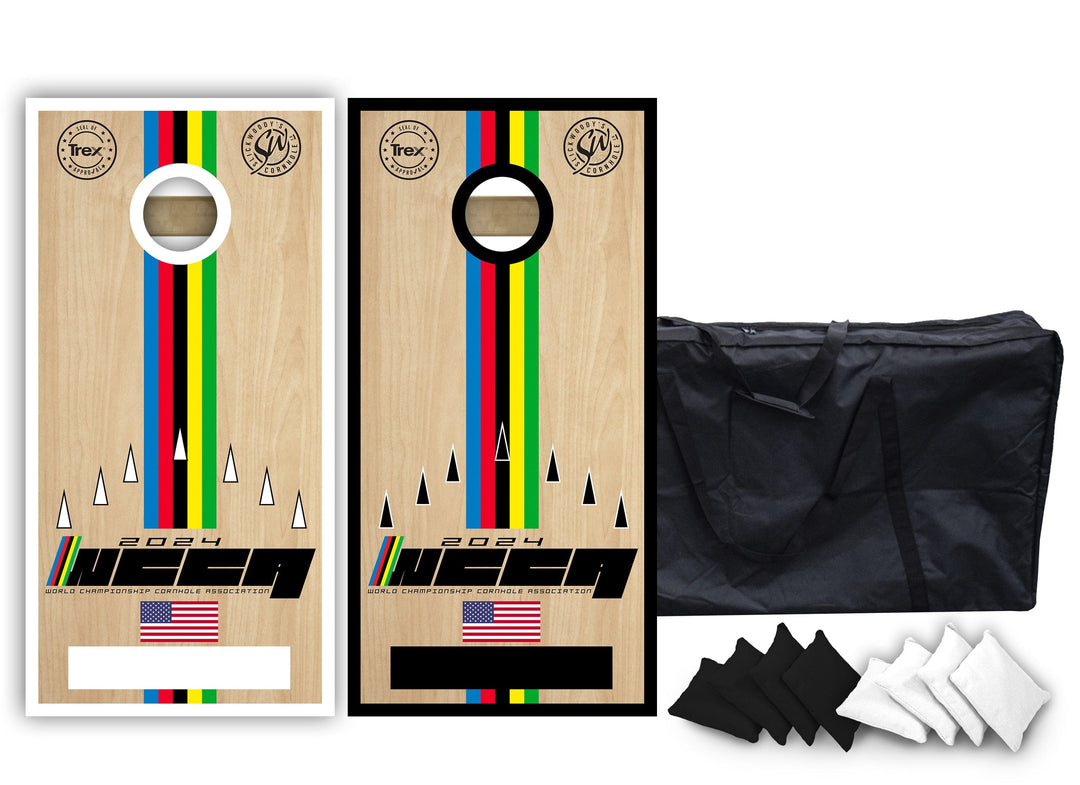Composite vs. Wood Cornhole Boards: Which Is Right for You?
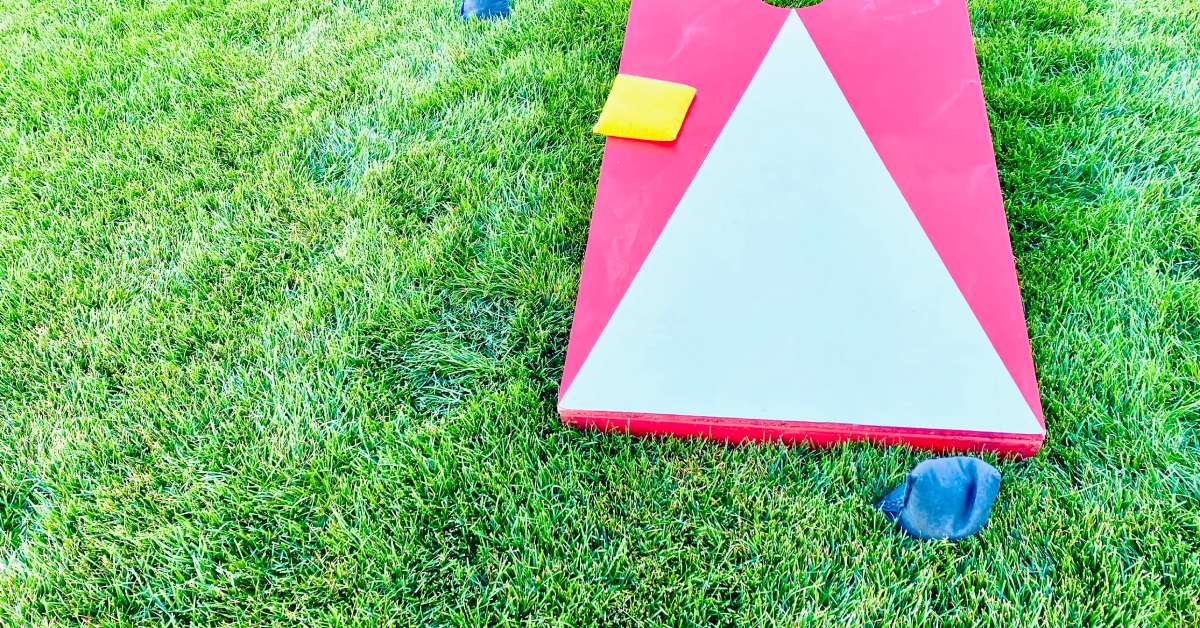
Cornhole, a classic backyard game, has become a staple at BBQs, family gatherings, and even competitive tournaments. But one question continues to spark debate among cornhole enthusiasts and newcomers alike—should you choose composite or wood cornhole boards? If you’ve been pondering this question, you’re in the right place. Here, we will help you make an informed decision by comparing the features, benefits, and drawbacks of both types of cornhole boards.
The Growing Popularity of Cornhole
Over the years, cornhole has transitioned from a casual lawn game to a serious sport with professional leagues and televised championships. Whether you’re brand new to the sport, or you play it every chance you get, there’s no denying that cornhole has become widespread and well-known. Its growing popularity has driven the demand for high-quality boards, making it crucial to understand what differentiates composite boards from traditional wood ones.
Understanding Cornhole Boards
Before we jump into the comparison, it’s essential to know what cornhole boards are and their standard features. Cornhole boards are typically rectangular platforms with a hole near the top. Players aim to throw bags filled with corn kernels or synthetic materials into the hole or onto the board for points.
Let’s take a look at the major features of composite and wooden cornhole boards so you can find one that’s right for your needs.
Wood Cornhole Boards
Traditional Appeal
Wooden cornhole boards have a timeless, classic appeal that many players appreciate. Made from plywood or hardwood, these boards offer a traditional playing experience that is hard to replicate with synthetic materials.
Performance and Feel
When it comes to gameplay, many enthusiasts argue that wooden boards provide a better feel and performance. The texture and weight of wood create a more authentic experience, with bags sliding predictably across the surface. This consistency is particularly important in more competitive play.
Customization Options
Wooden boards offer endless customization possibilities. Whether you want to customize them with your favorite team colors or add creative decals, wood provides a versatile canvas. This has made wooden boards a favorite among DIY enthusiasts and small businesses that want to invest in custom cornhole sets.
Composite Cornhole Boards
What Are Composite Boards?
Composite cornhole boards are made from a mixture of synthetic materials like plastic and resin. These boards are designed to be lightweight, durable, and weather-resistant. They have gained popularity among casual players and those looking for low-maintenance options.
Durability and Maintenance
One of the standout features of composite boards is their durability. Composite materials are resistant to warping, cracking, and rotting, making them ideal for outdoor use. They require minimal maintenance—simply wipe them down with a damp cloth, and they’re good to go.
Weight and Portability
Composite boards are generally lighter than their wooden counterparts. This makes them easier to transport and store, especially if you plan to take your cornhole game on the road. Their lightweight nature also makes setup and takedown a breeze.

Comparing Cost
Initial Investment
Cost is often a deciding factor when choosing between composite and wood cornhole boards. Composite boards tend to be more expensive upfront due to their synthetic materials and manufacturing processes. However, their durability and low maintenance can offset the initial investment over time.
Long-Term Value
Wooden boards may be cheaper initially, but they can incur additional costs for maintenance and potential replacements due to wear and tear. If you are willing to invest time in upkeep, wooden boards can still offer excellent value for money, especially if you perform regular maintenance on them.
Weather Resistance
Composite Boards in Various Climates
Composite boards are designed to withstand various weather conditions. These boards hold up well in rain, humidity, and extreme temperatures, making them ideal for outdoor storage and year-round use.
Wood Boards and Weather Challenges
Wooden boards are more susceptible to weather-related damage. Exposure to moisture can cause warping, while extreme temperatures can lead to cracking. If you choose wood, it’s crucial to store your boards indoors or invest in protective covers to extend their lifespan.

Portability and Convenience
Ease of Transport
For those who frequently transport their cornhole boards, weight and portability are critical considerations. Composite boards, being lighter, are easier to carry and fit into vehicles. This makes them a convenient choice for tailgating, beach outings, and camping trips.
Setup and Storage
Both composite and wood boards can be set up and stored easily, but the lighter weight of composite boards gives them a slight edge in convenience. If you have limited storage space or need to move your boards frequently, composite might be the way to go.
Aesthetic Appeal
Sleek Composite Designs
Composite boards often come in sleek, modern designs. They can feature vibrant colors and patterns that are hard to achieve with wood. If aesthetics are important, composite boards offer a wide range of stylish options.
Rustic Wooden Charm
Wooden boards exude a rustic charm that appeals to traditionalists. The natural grain and texture of wood add character and warmth to your cornhole setup, making it a centerpiece of your outdoor gatherings.
Community Preferences
What Do Pro Players Use?
Professional cornhole players often prefer wooden boards for their consistent performance and traditional feel. If you’re aspiring to compete at higher levels, wooden boards may be the better choice.
Casual Player Insights
For casual players and families, the convenience and durability of composite boards can be more appealing. They offer a hassle-free experience, allowing you to focus on fun rather than maintenance.
Making Your Decision
Assessing Your Needs
To decide which type of board is right for you, consider your specific needs and preferences. Are you looking for a low-maintenance option? Do you prioritize portability? Is customization important to you? Answering these questions will help you narrow your choices.
Balancing Cost and Benefits
Weigh the initial cost against long-term benefits. While composite boards may be pricier upfront, their durability and low maintenance can provide better value over time. On the other hand, if you enjoy the process of maintaining and customizing your boards, wood might be the perfect fit.
Choosing between composite and wood cornhole boards ultimately comes down to personal preference and how you plan to use them. Both options have unique advantages and cater to different needs. By considering factors like durability, maintenance, cost, and performance, you can make an informed decision that enhances your cornhole experience.
When it comes to finding premium cornhole boards, Slick Woody’s has a wide variety of choices. Whether you want a specific design or to customize your own board from scratch, we can help make your ideal cornhole board a reality.





